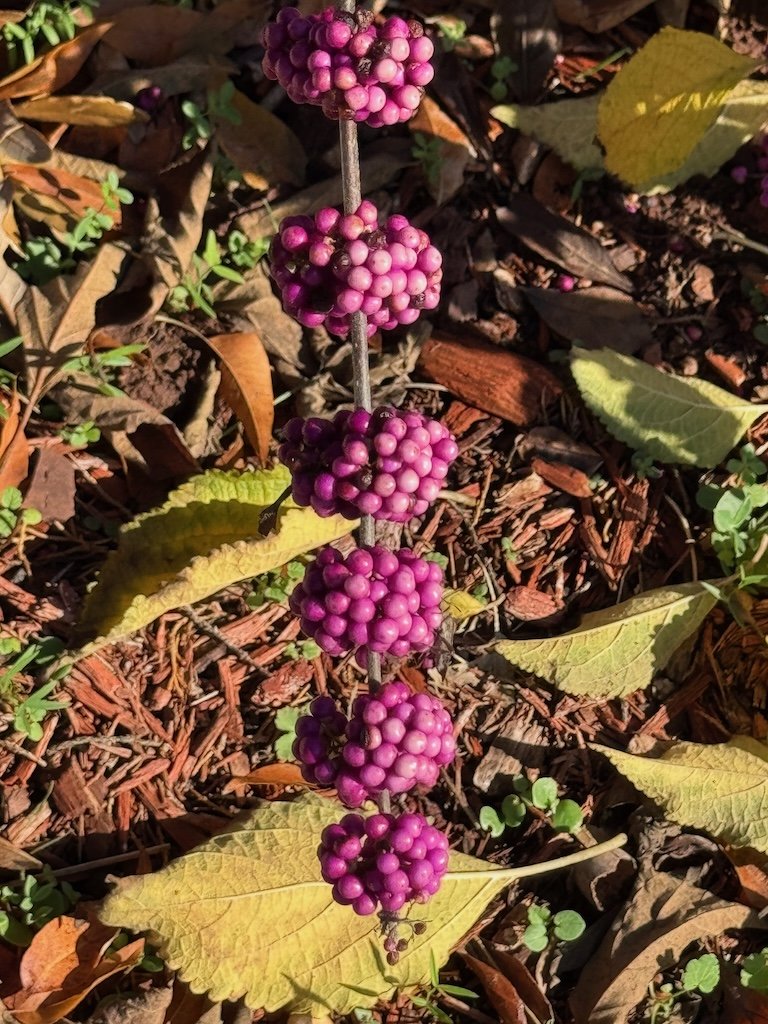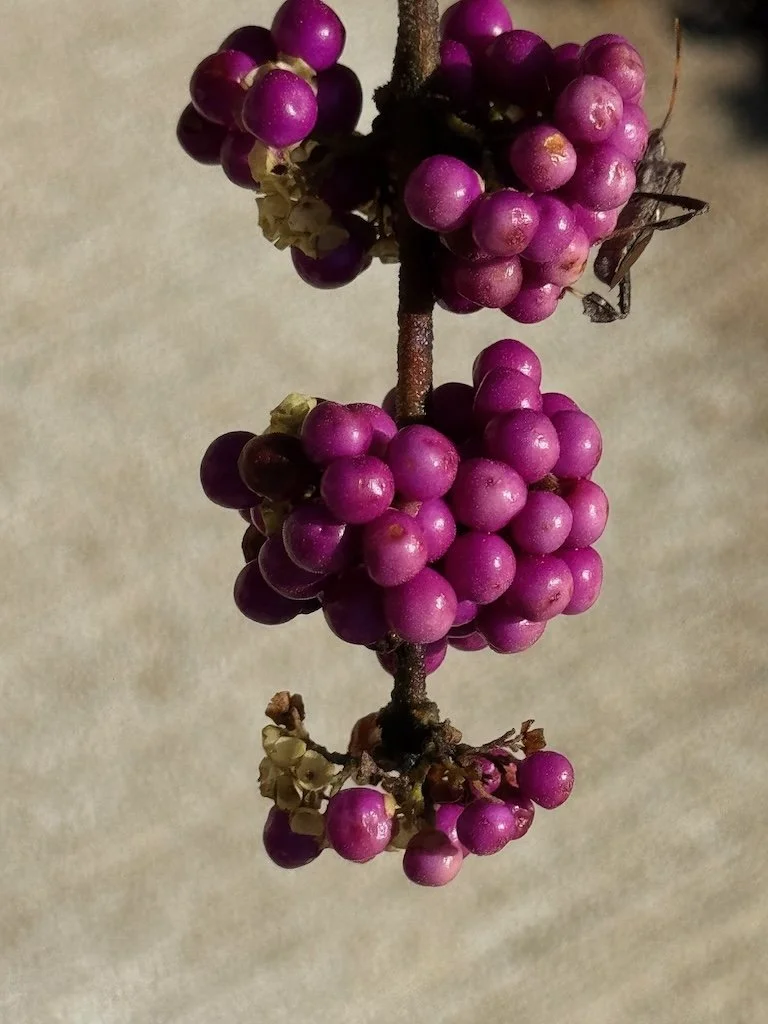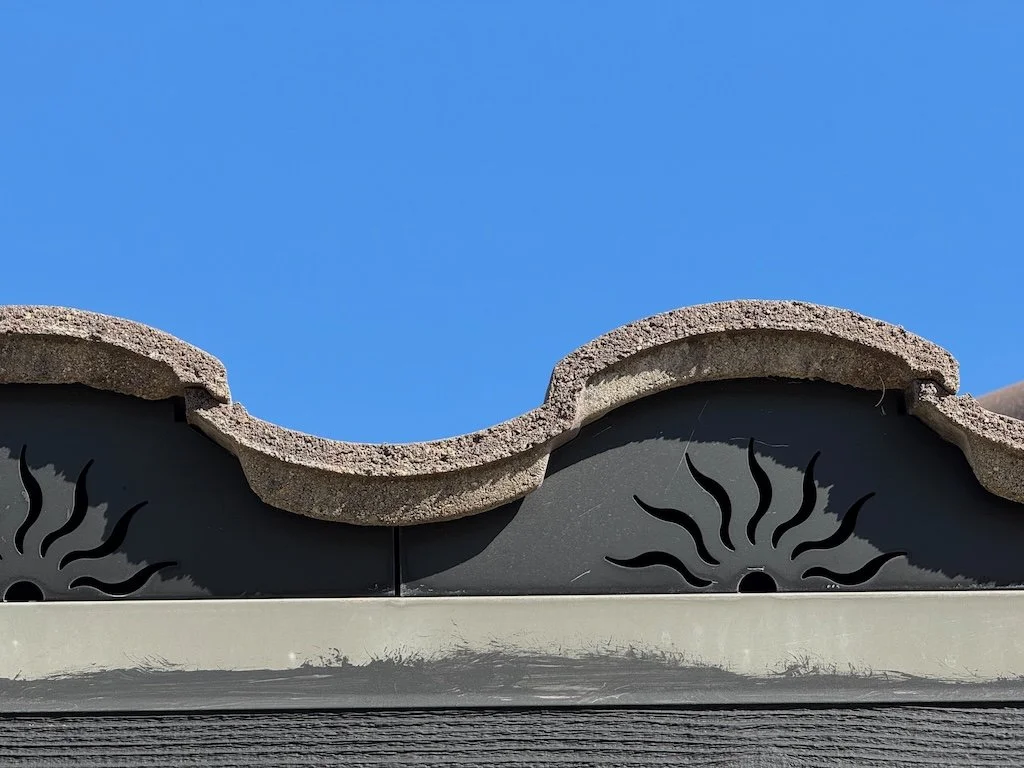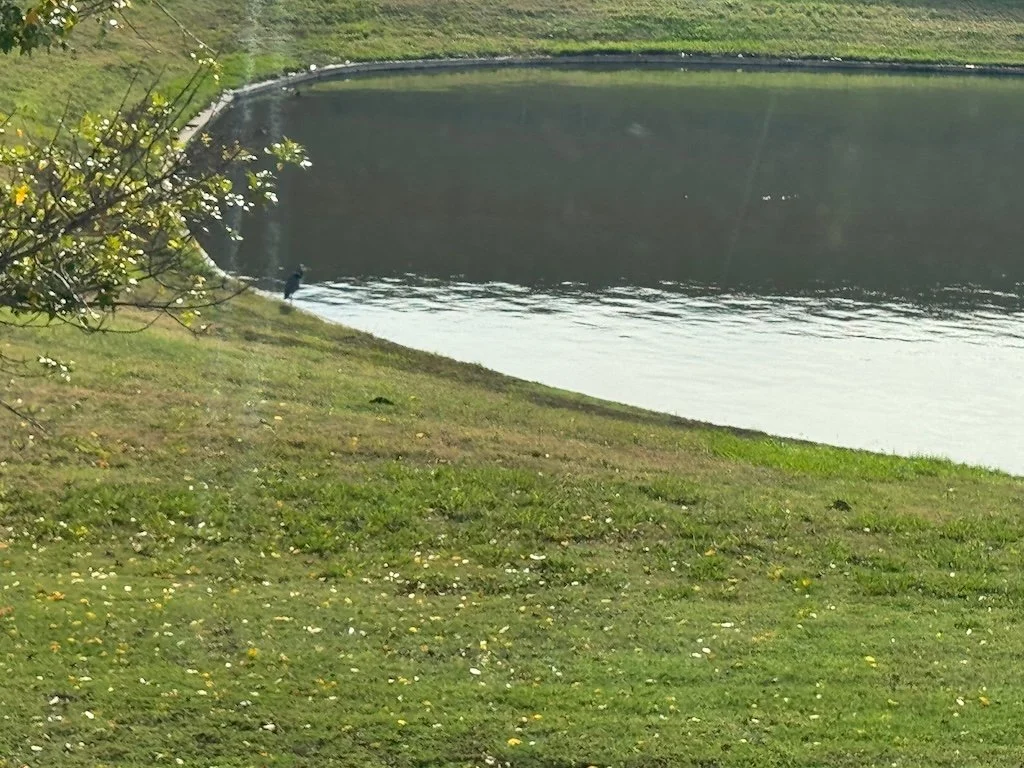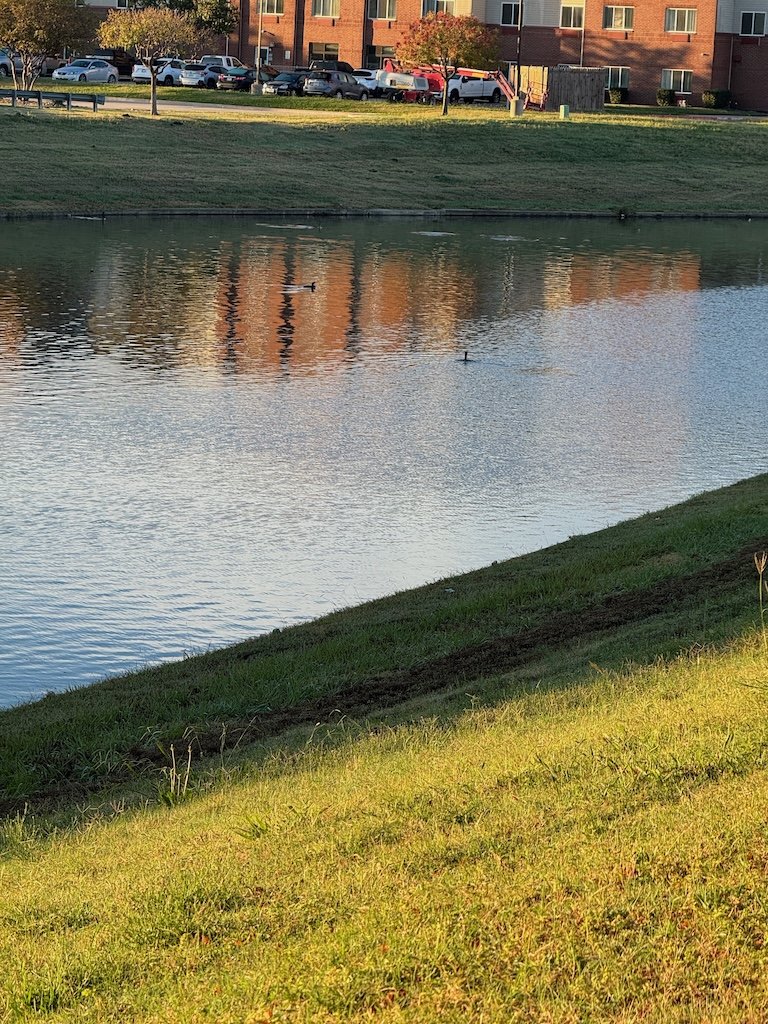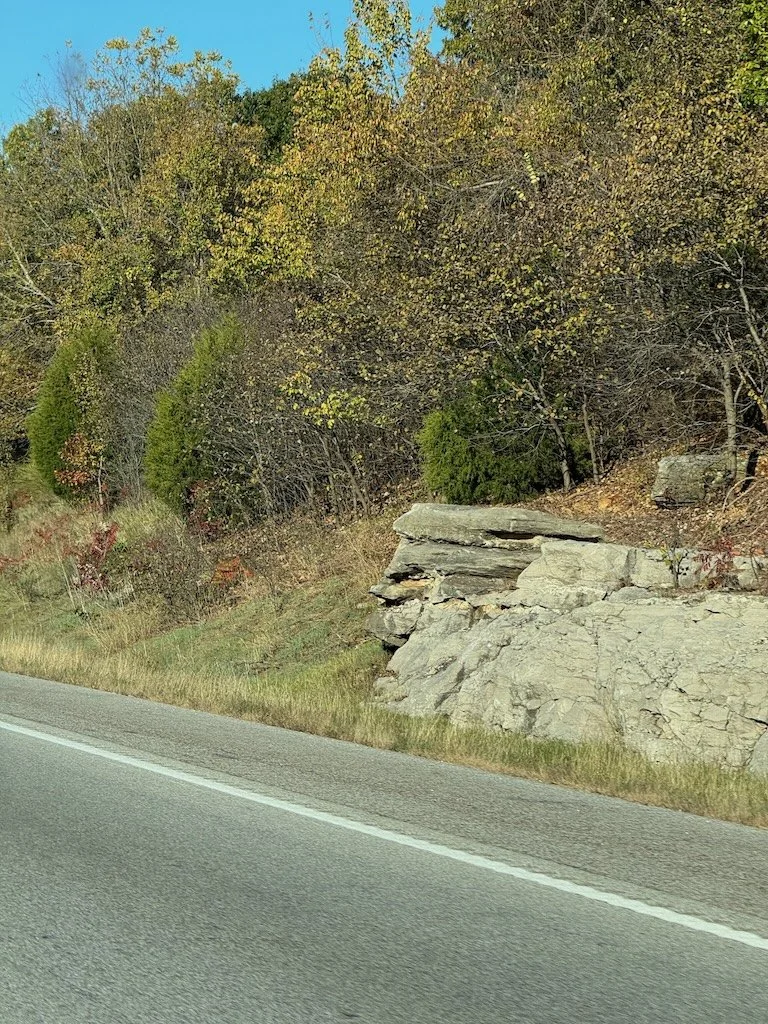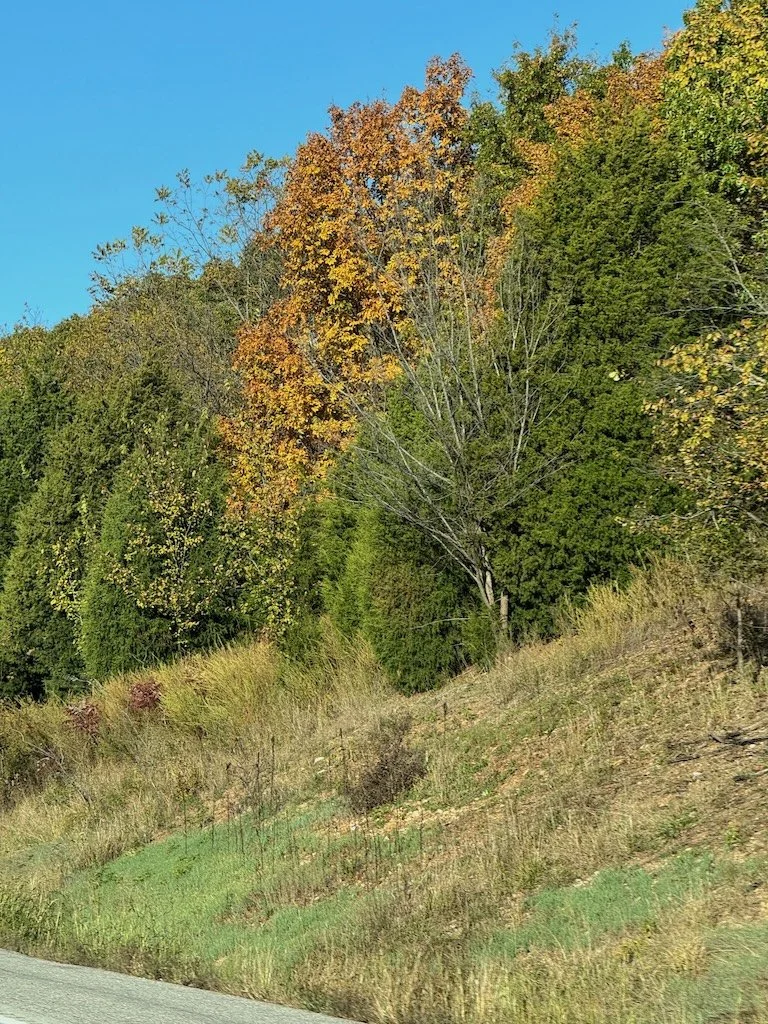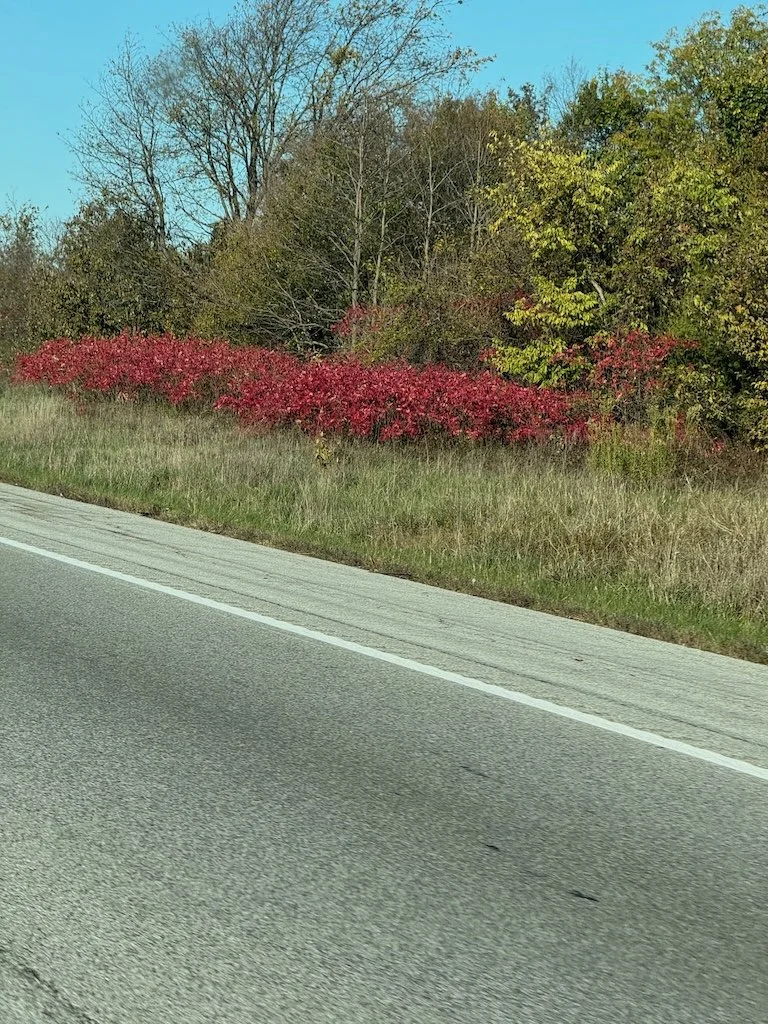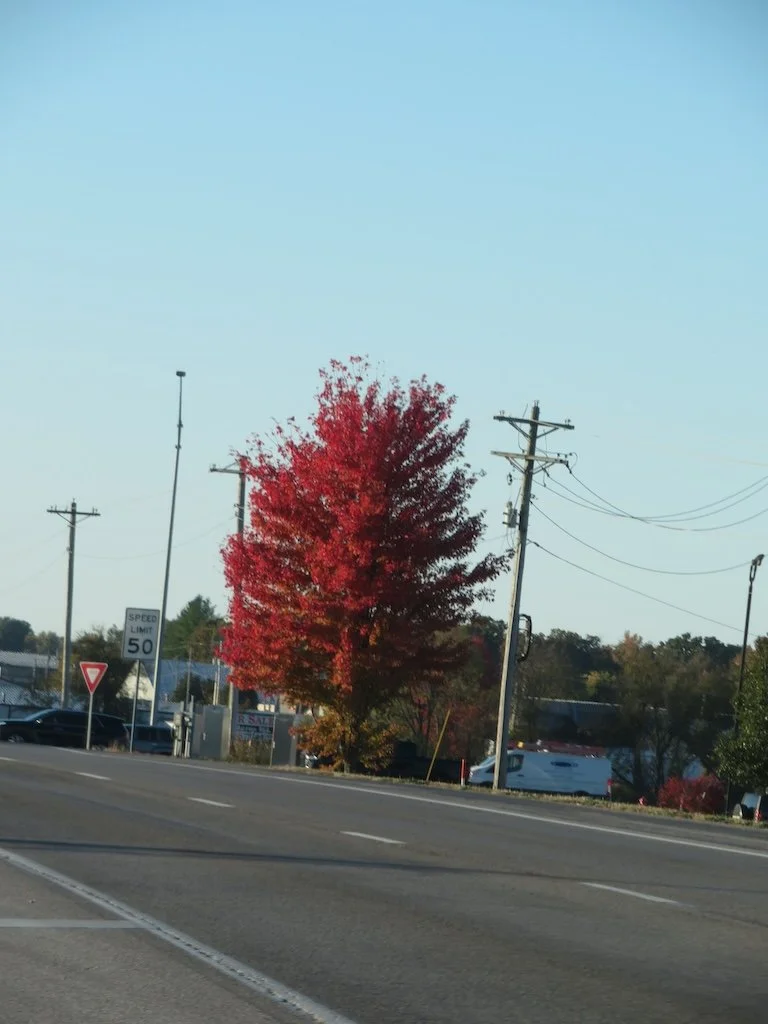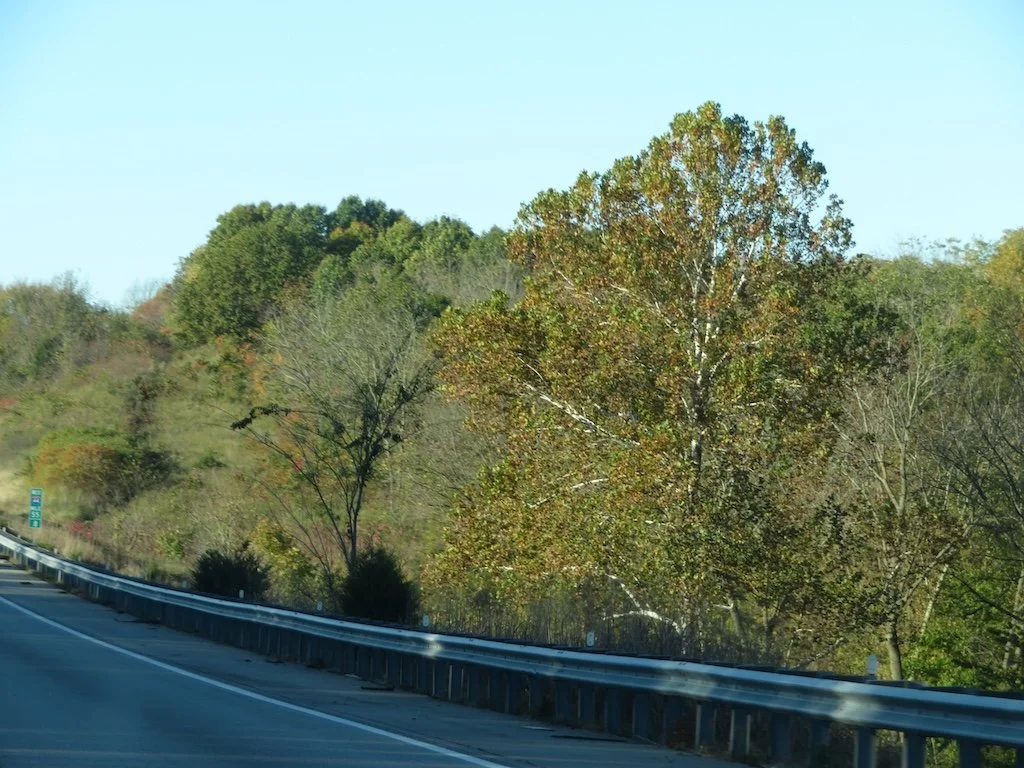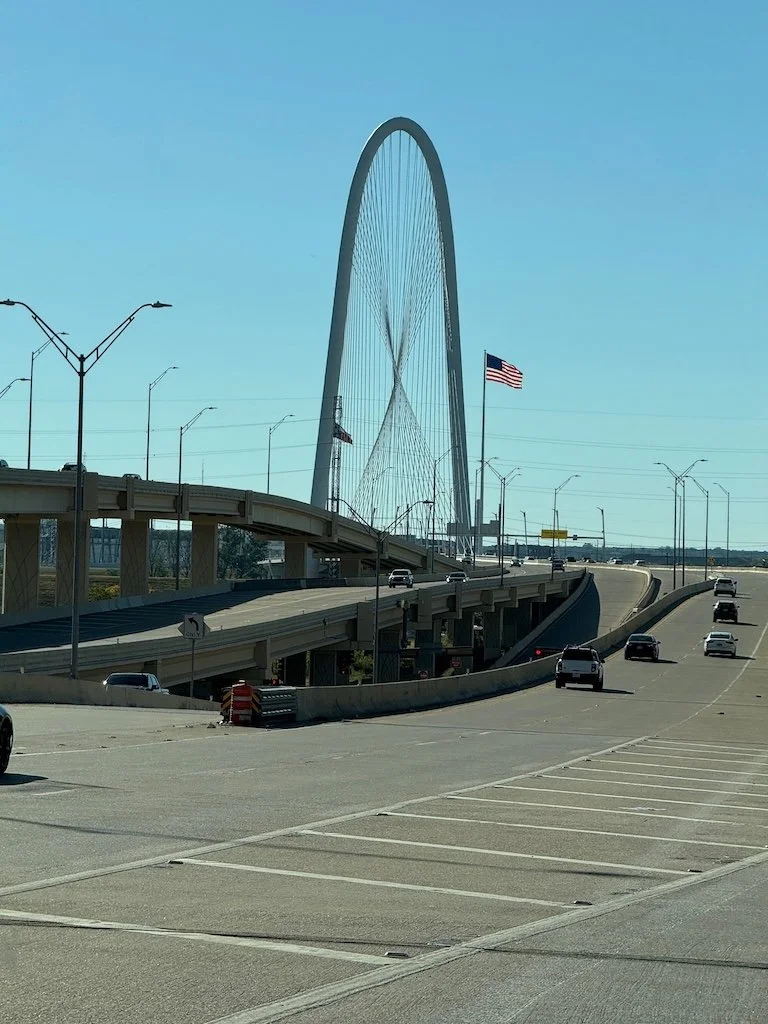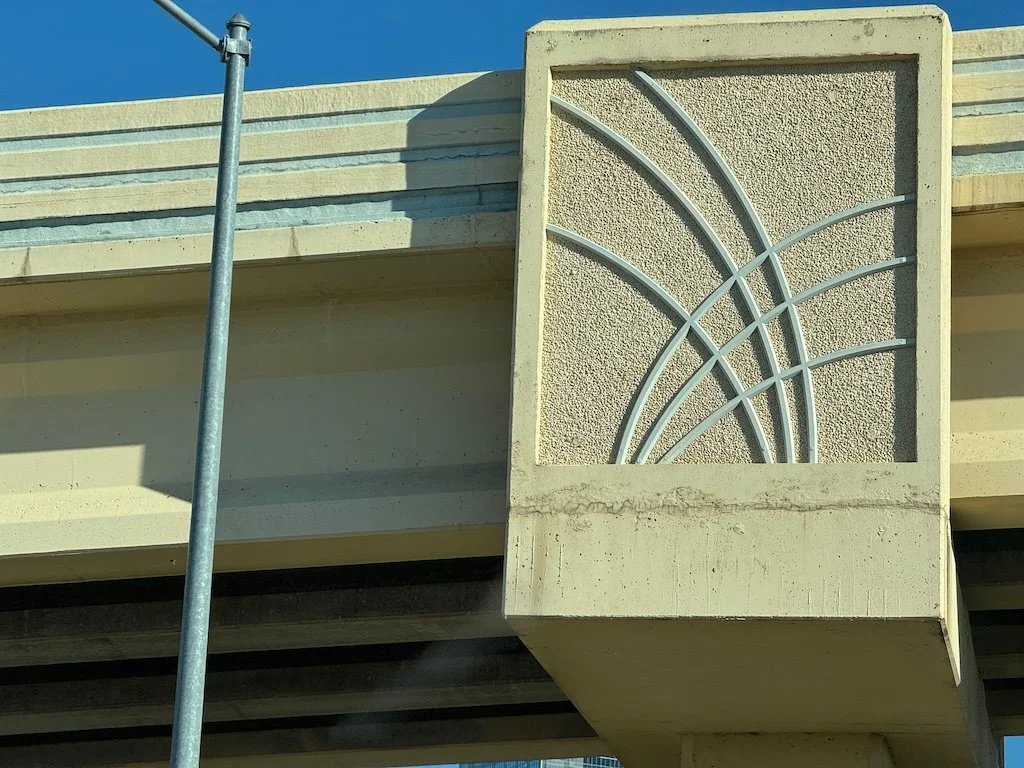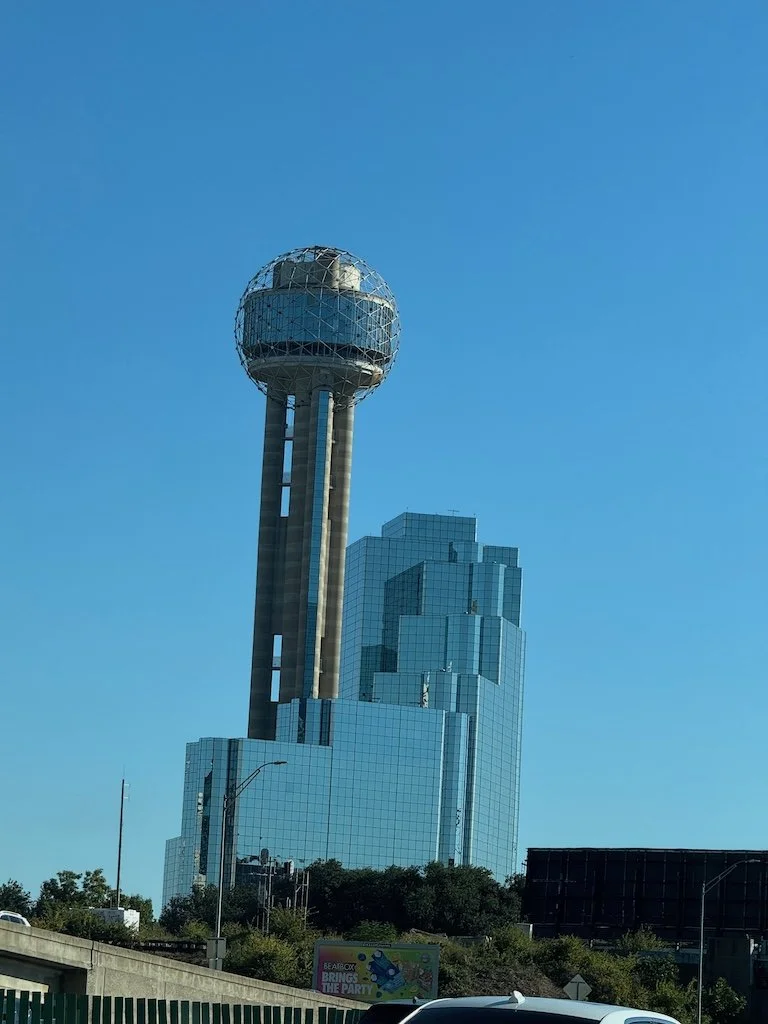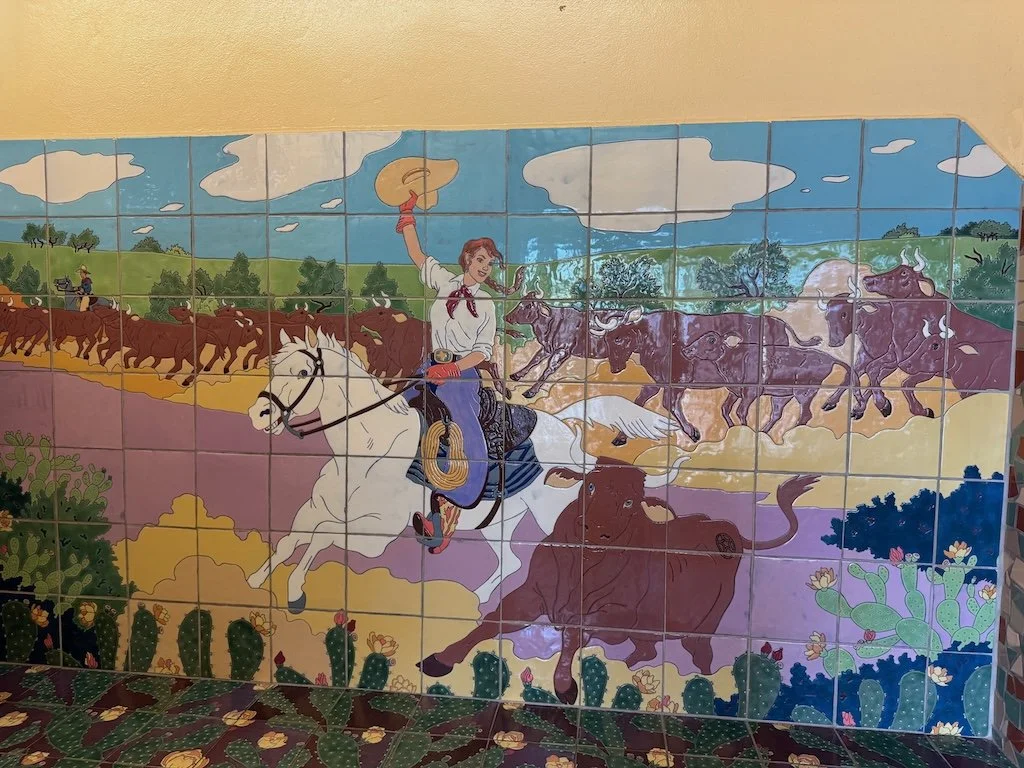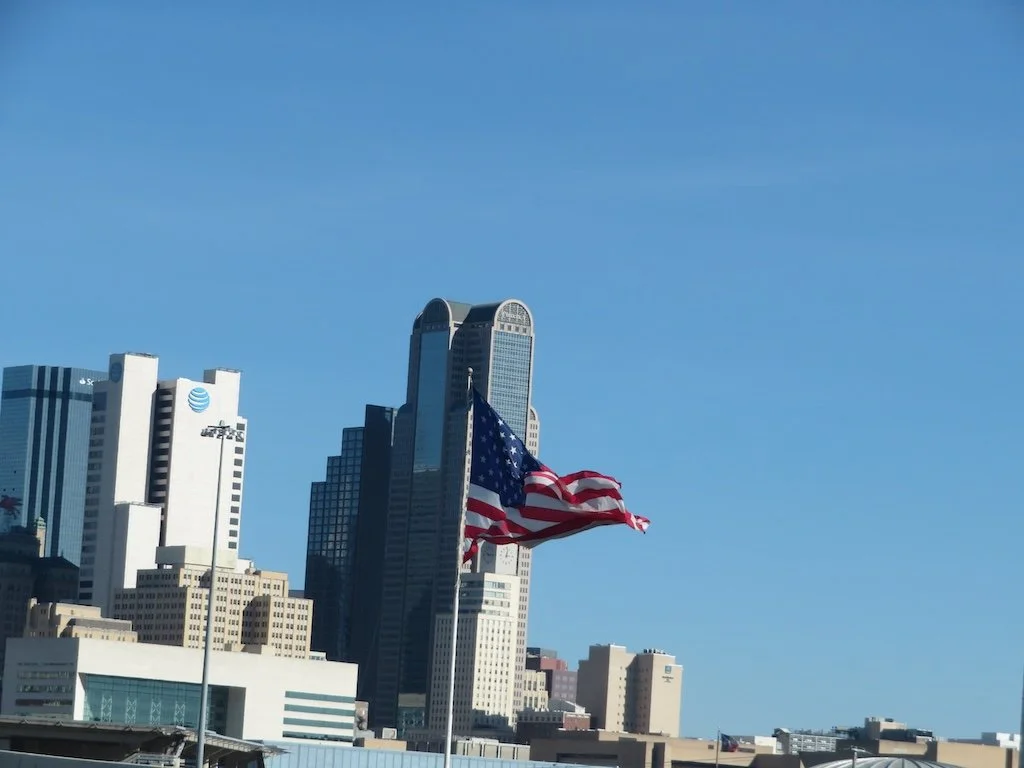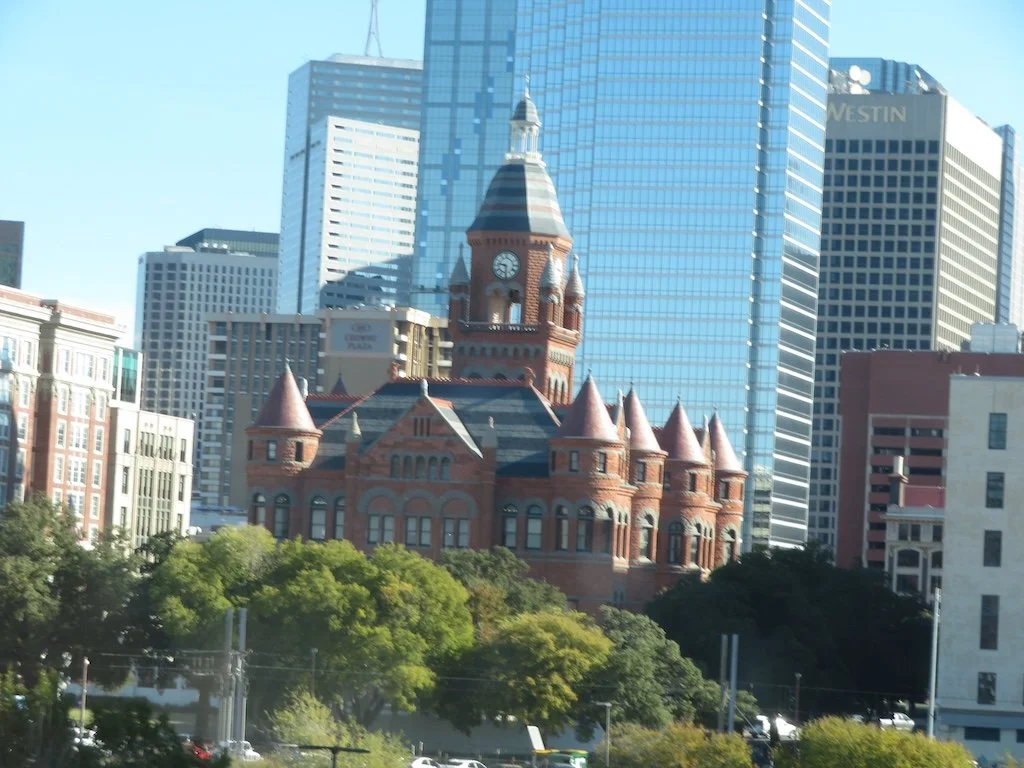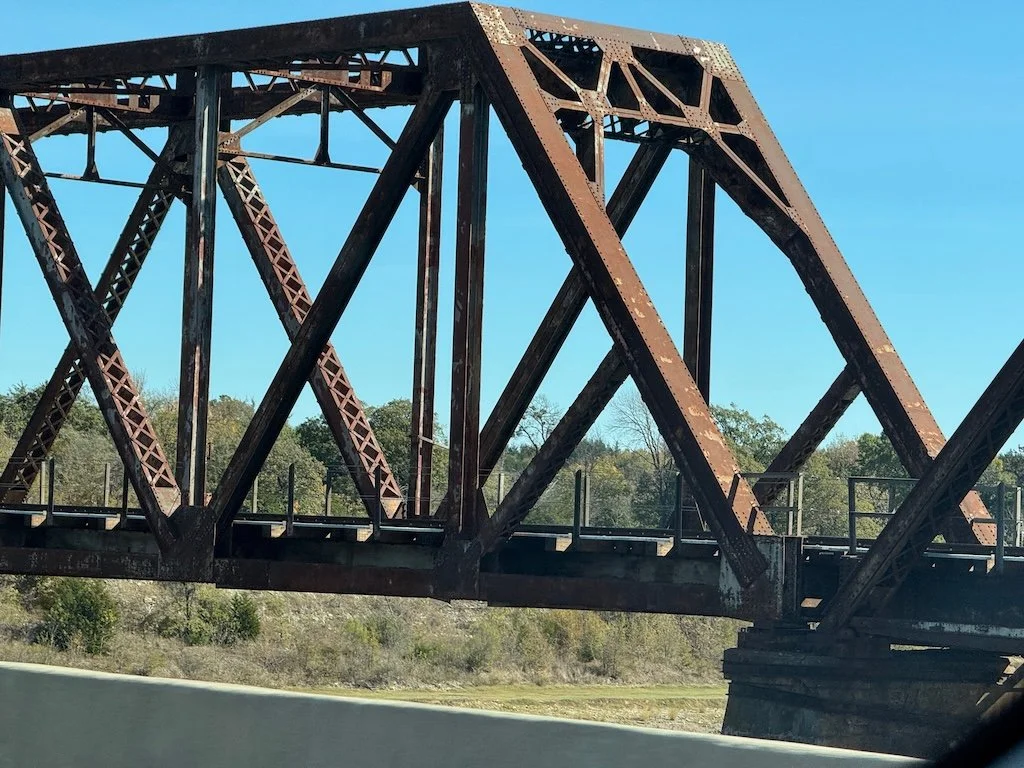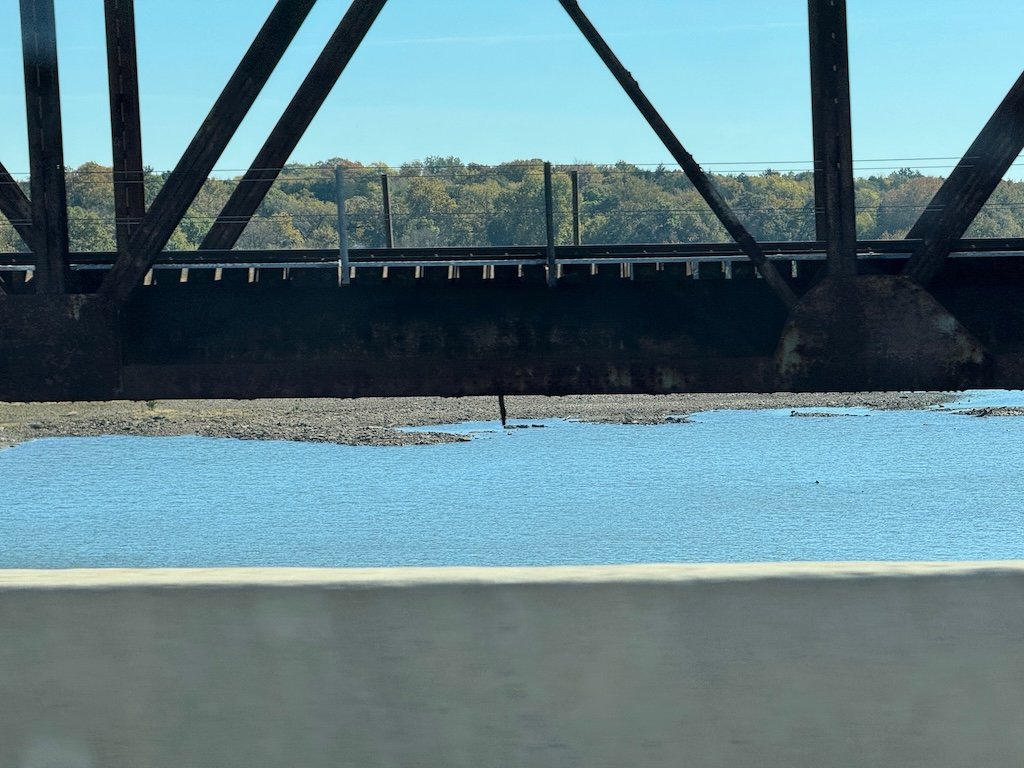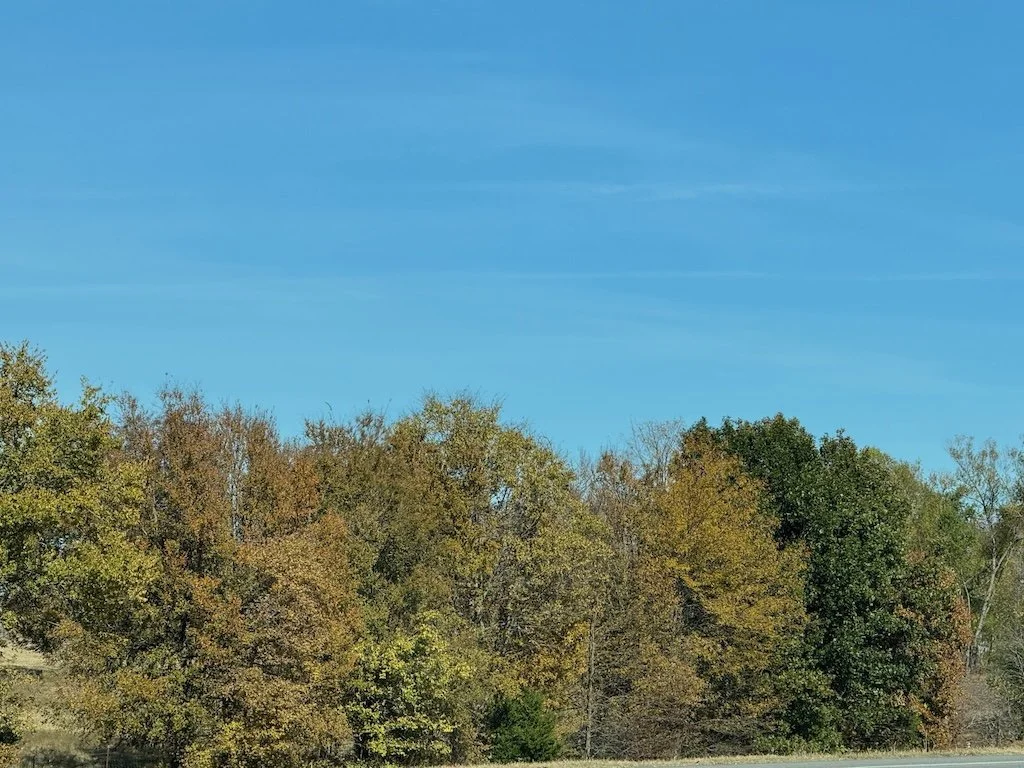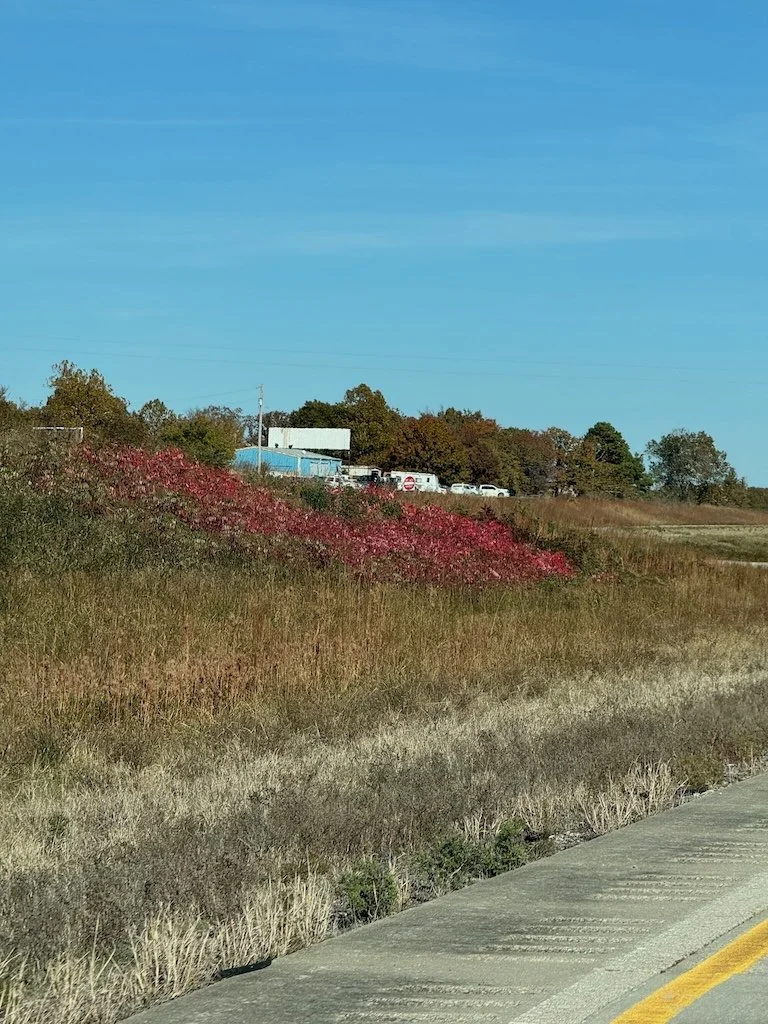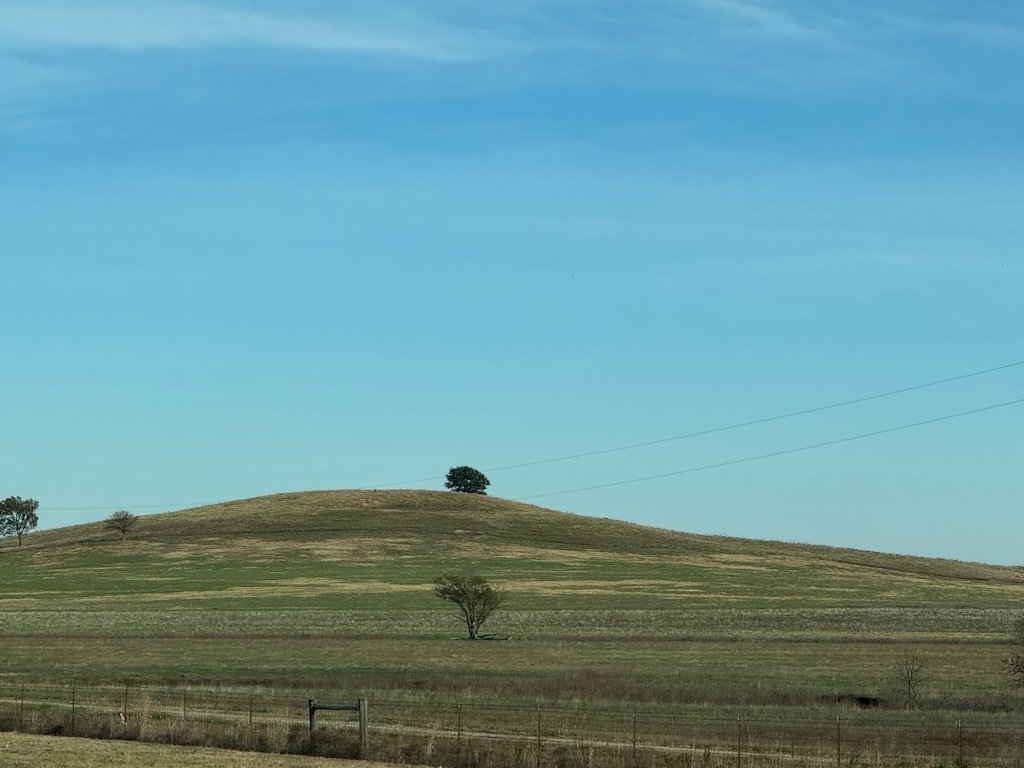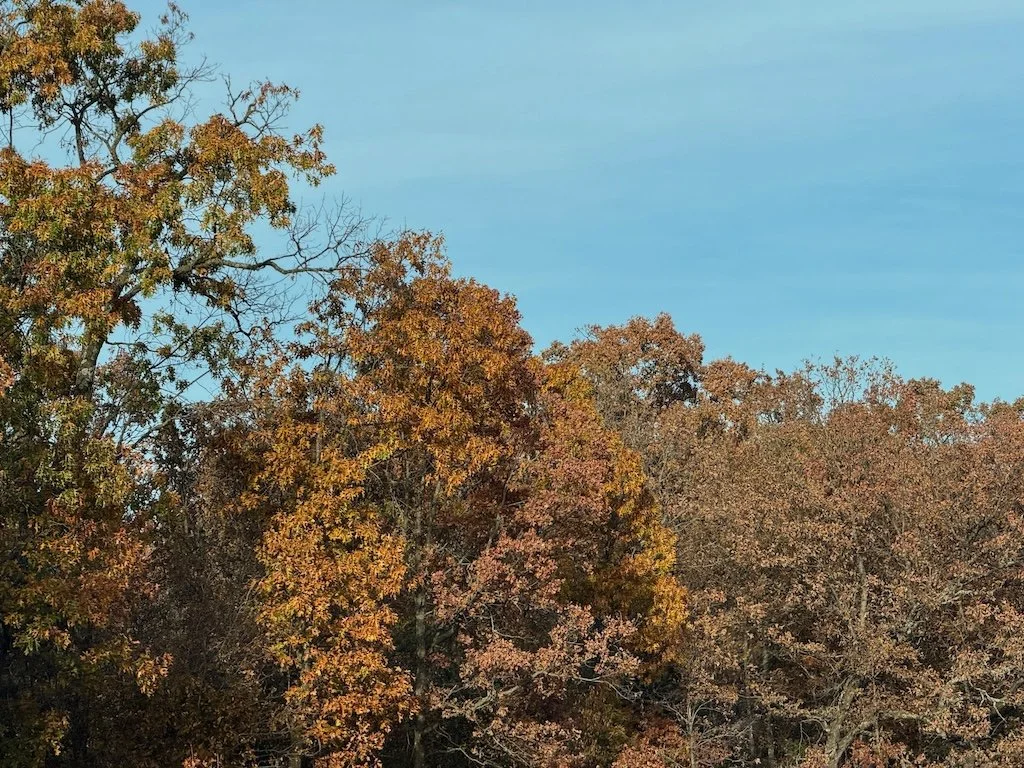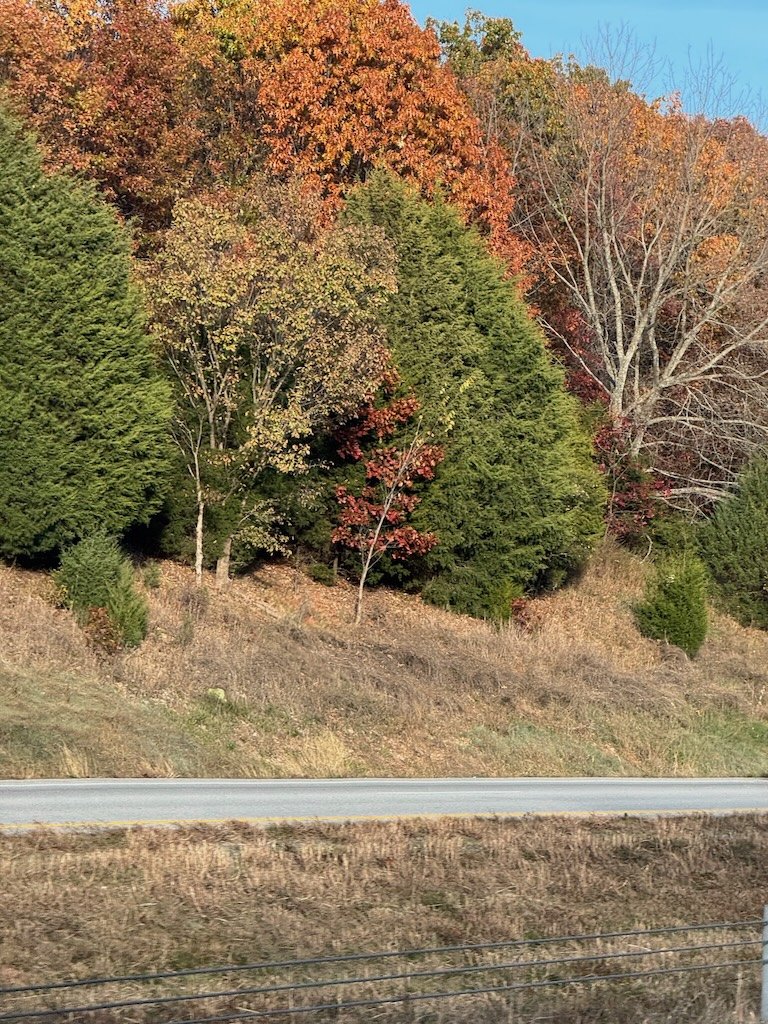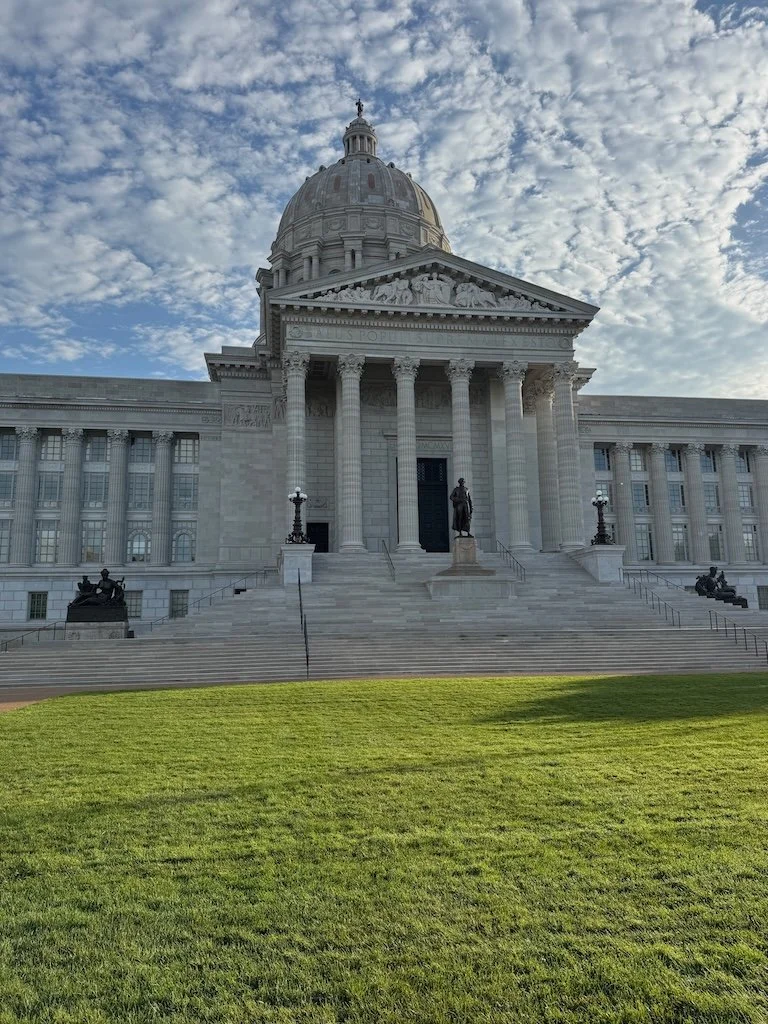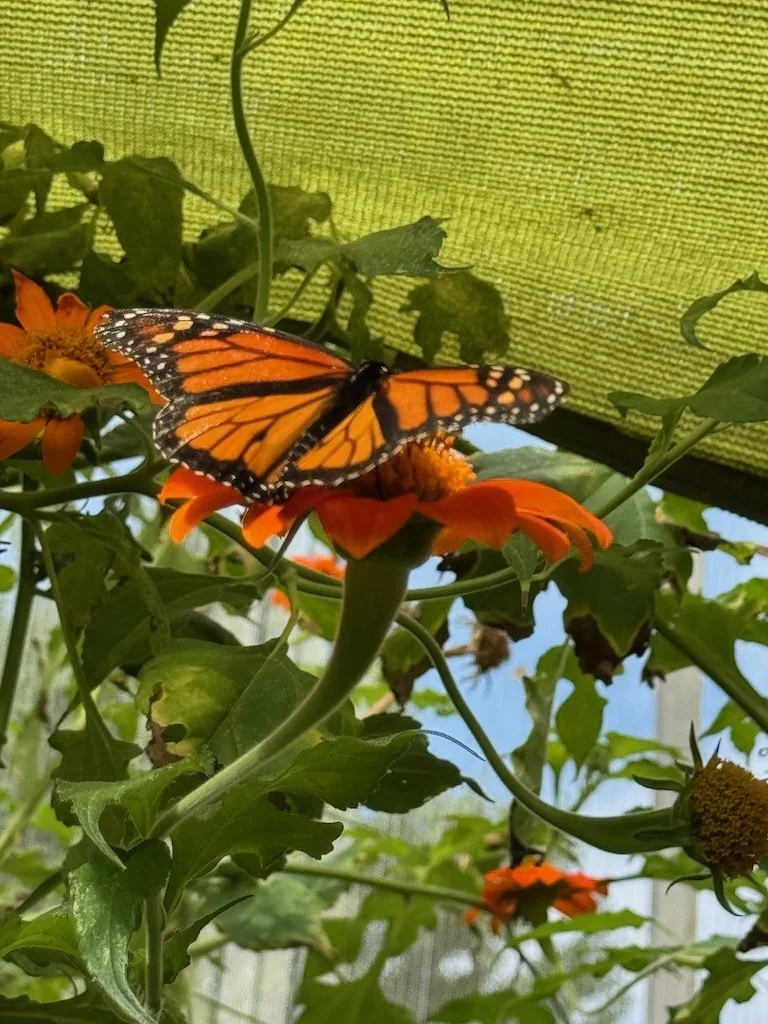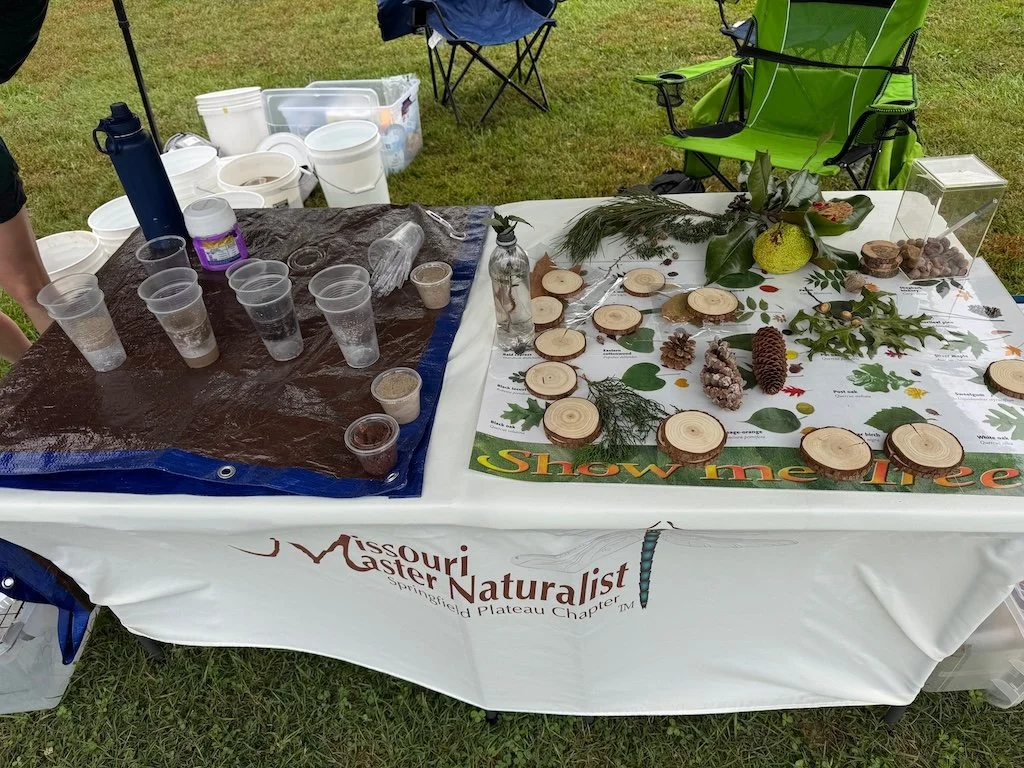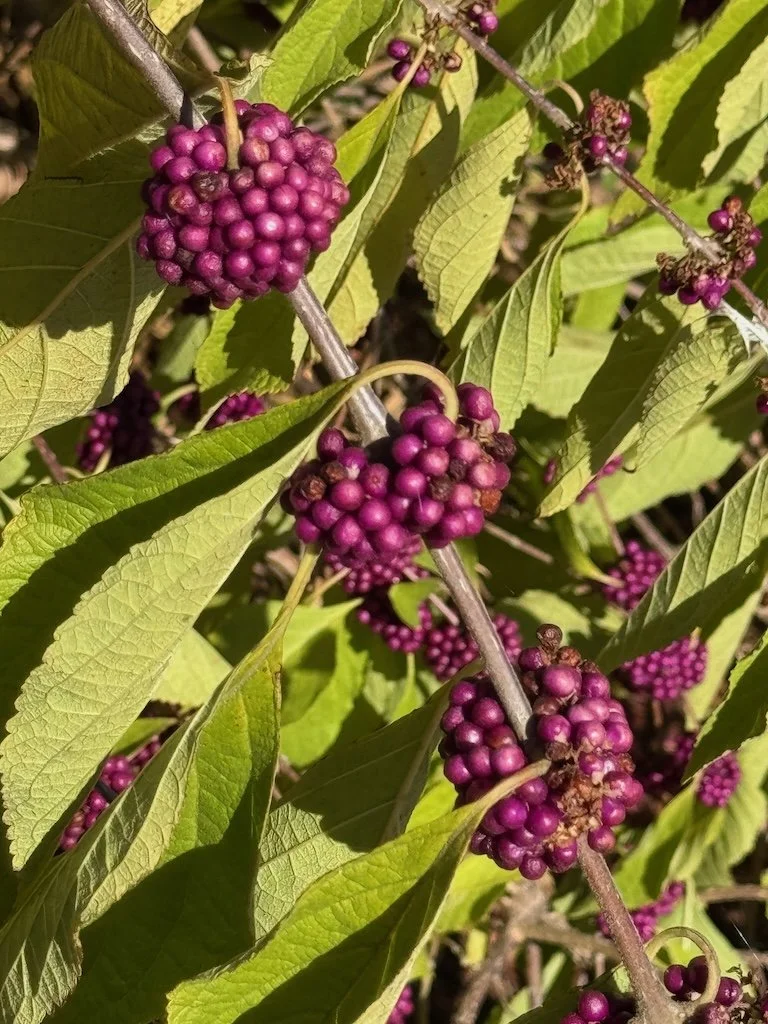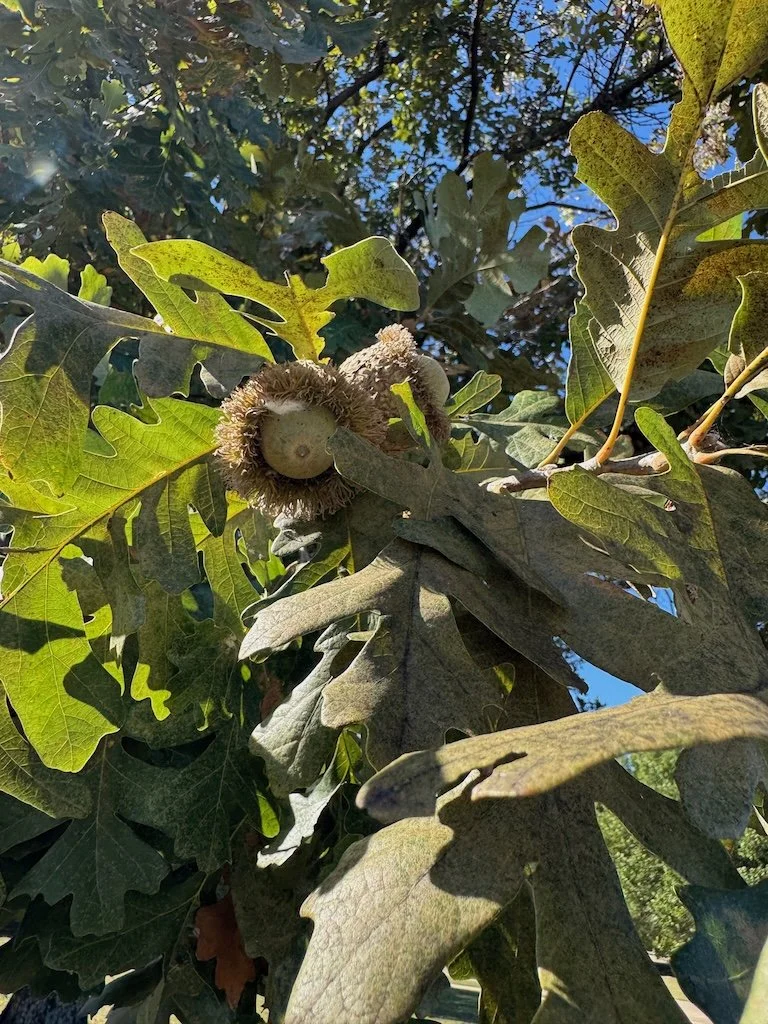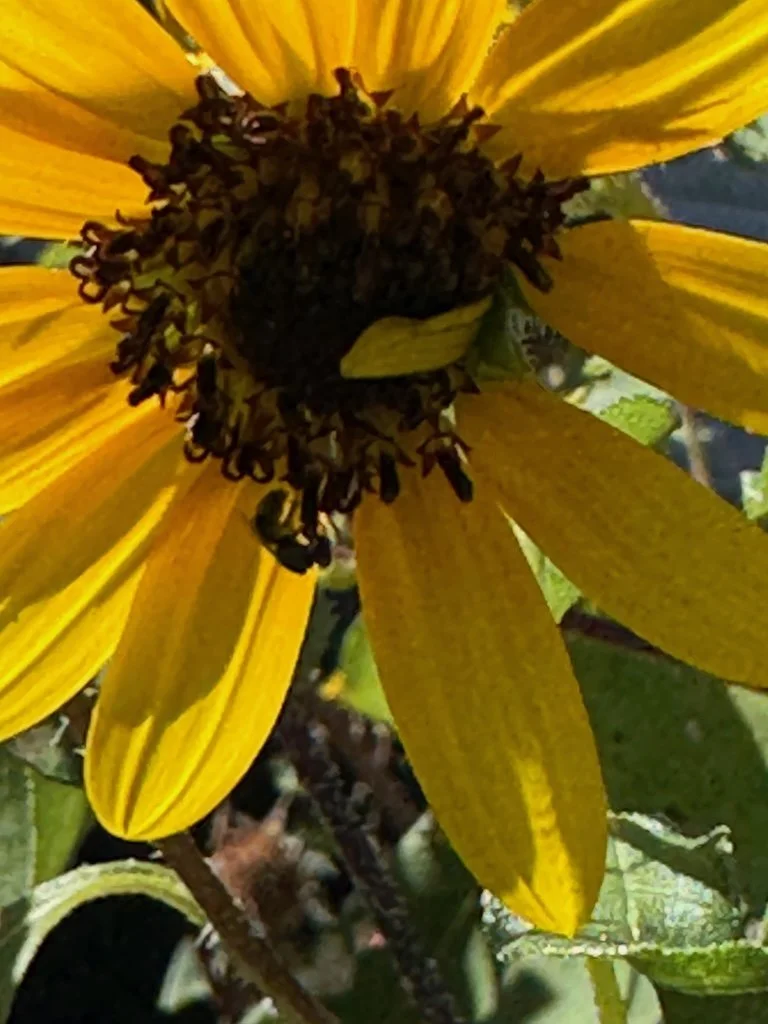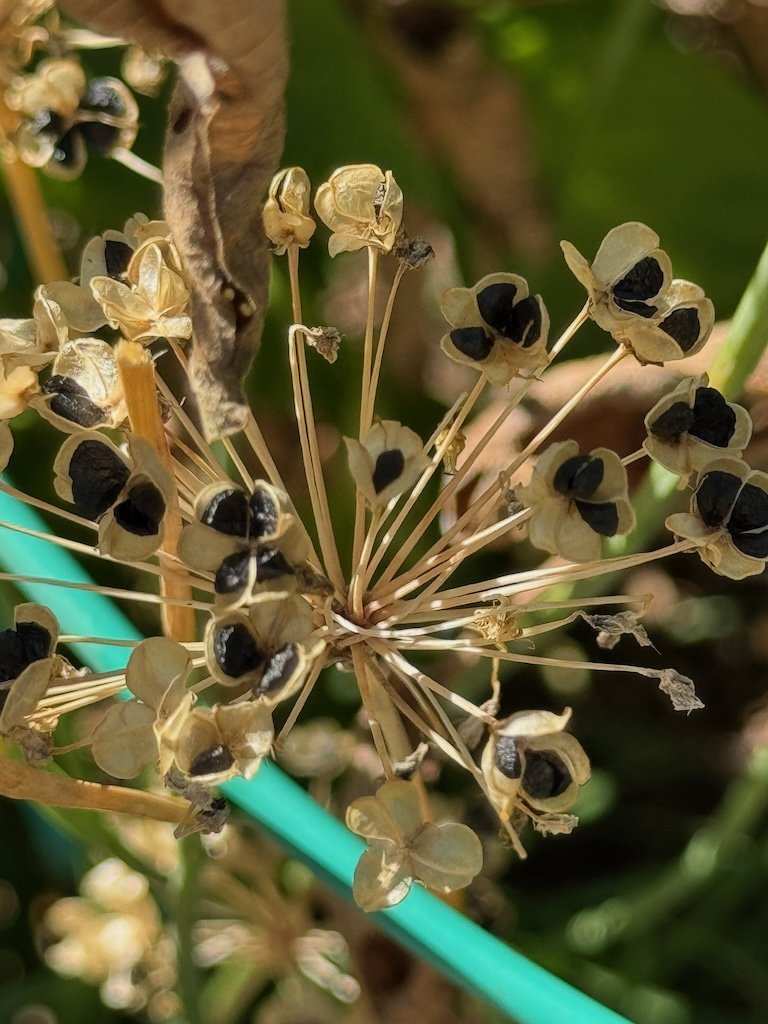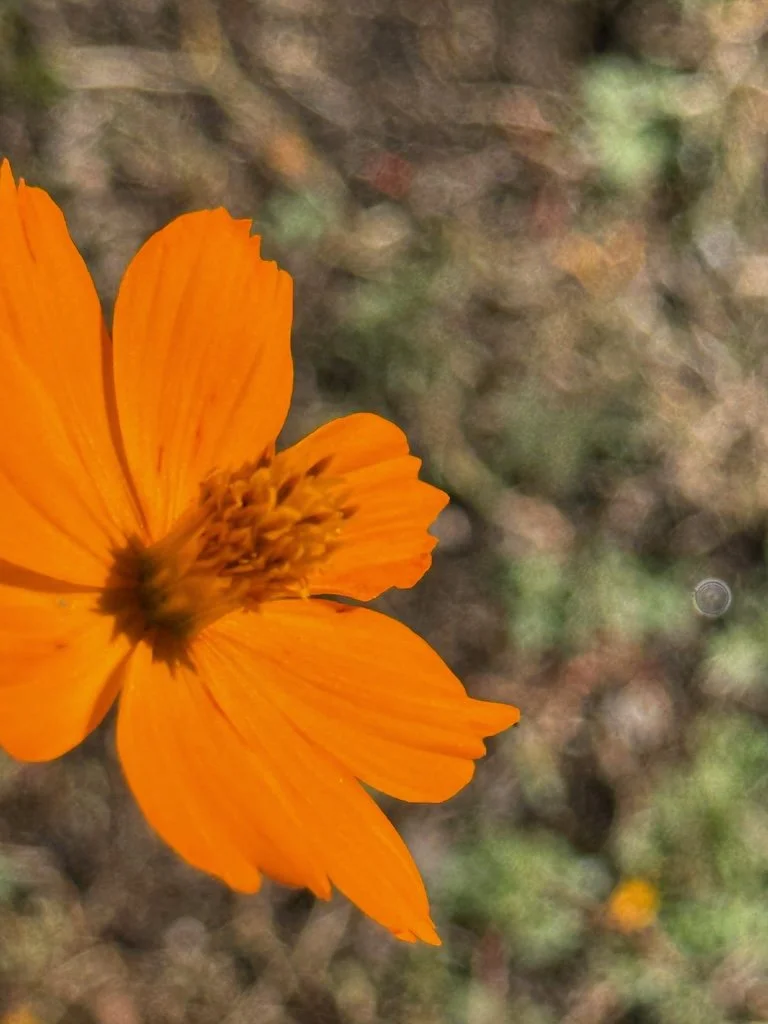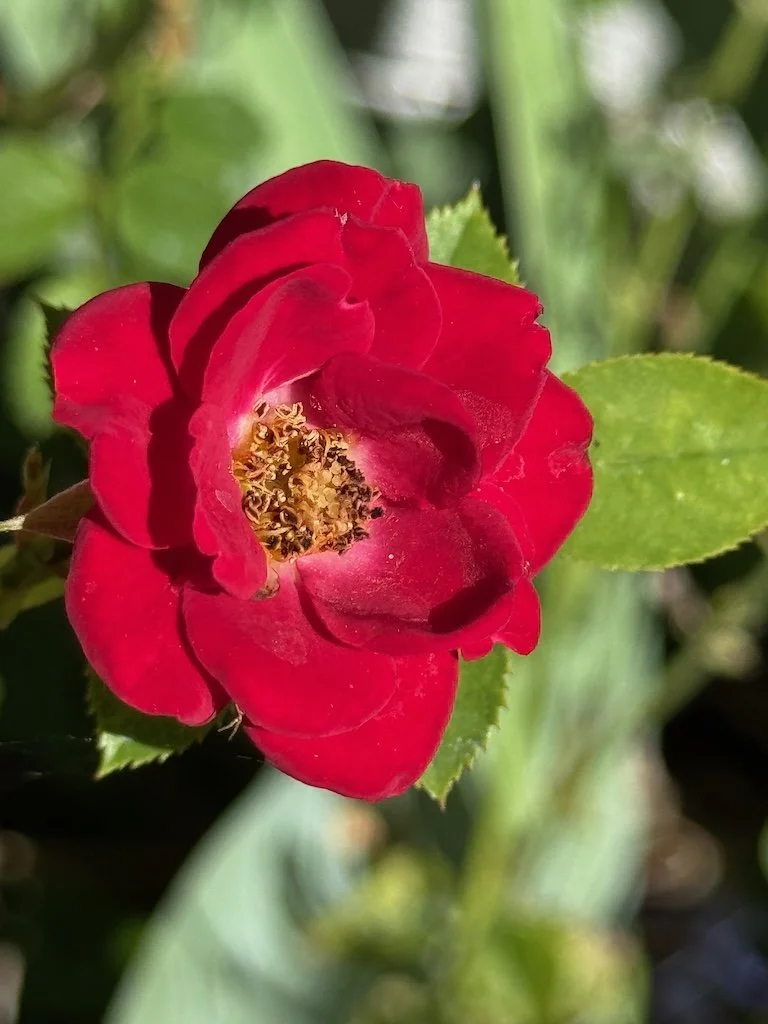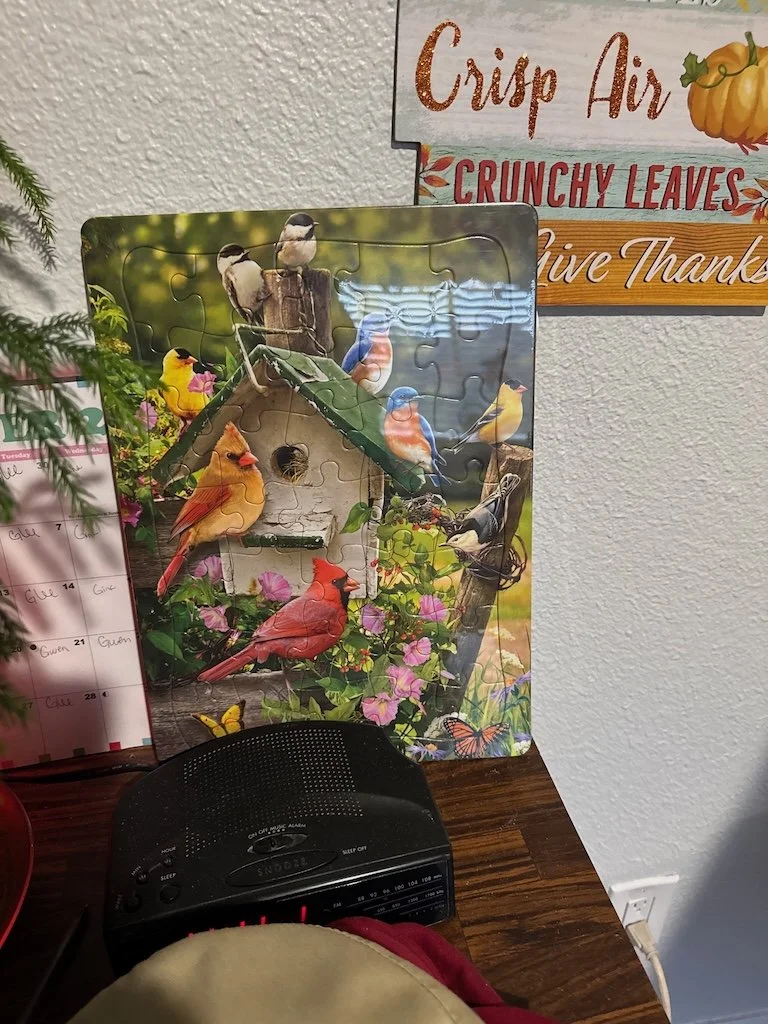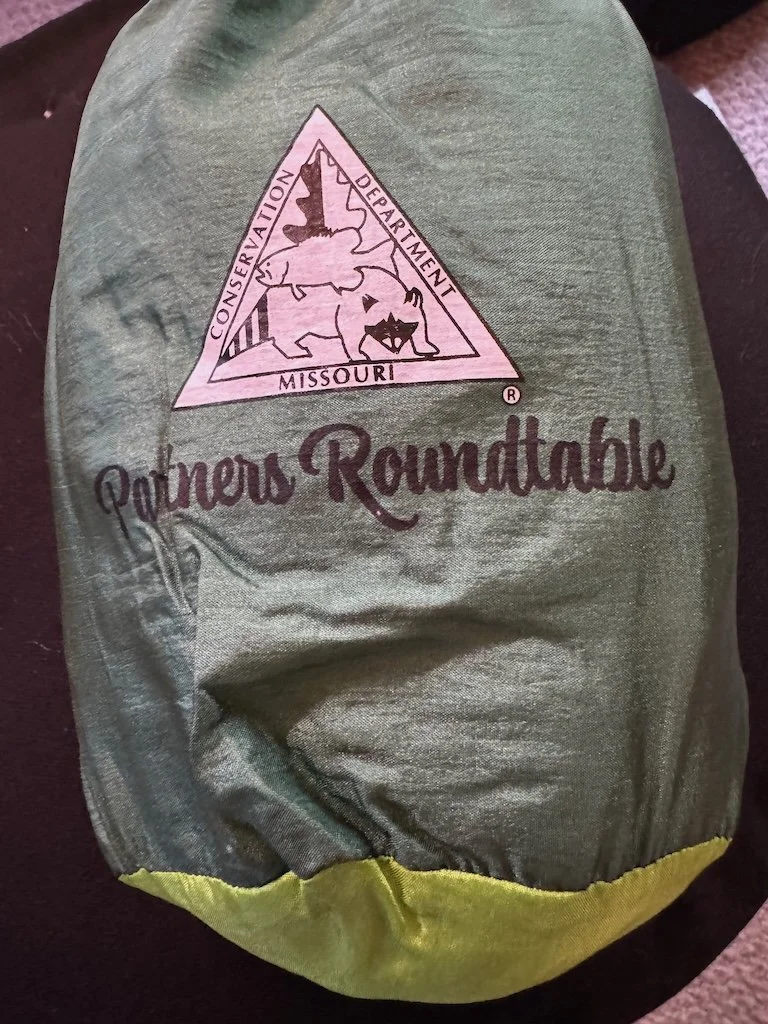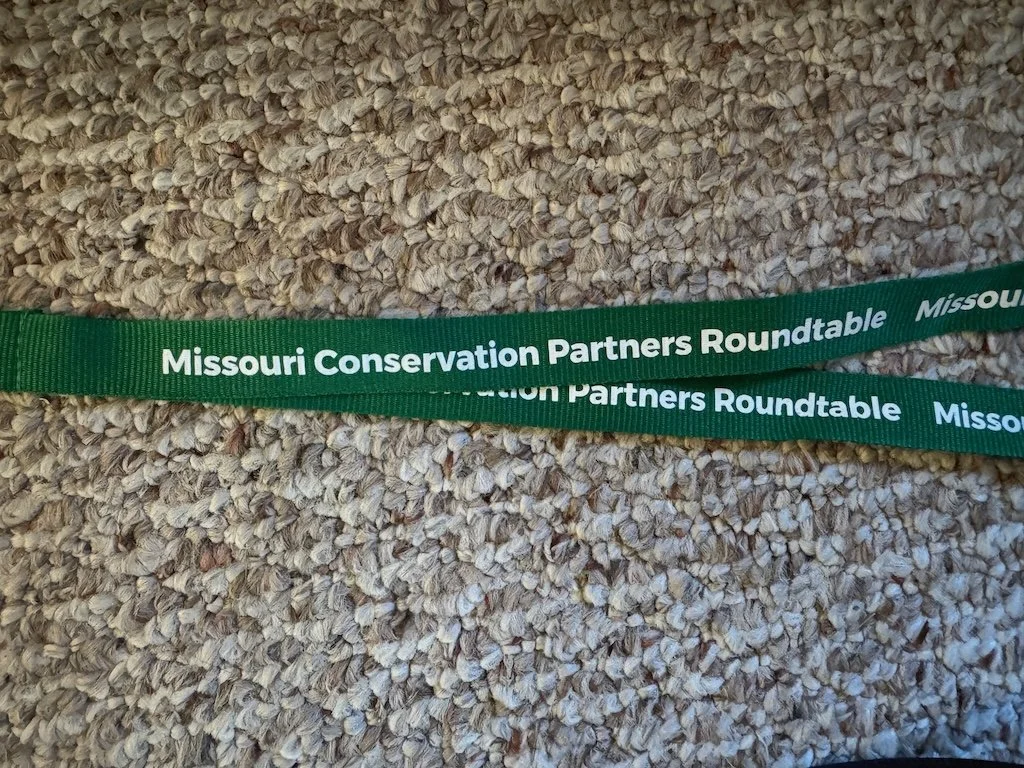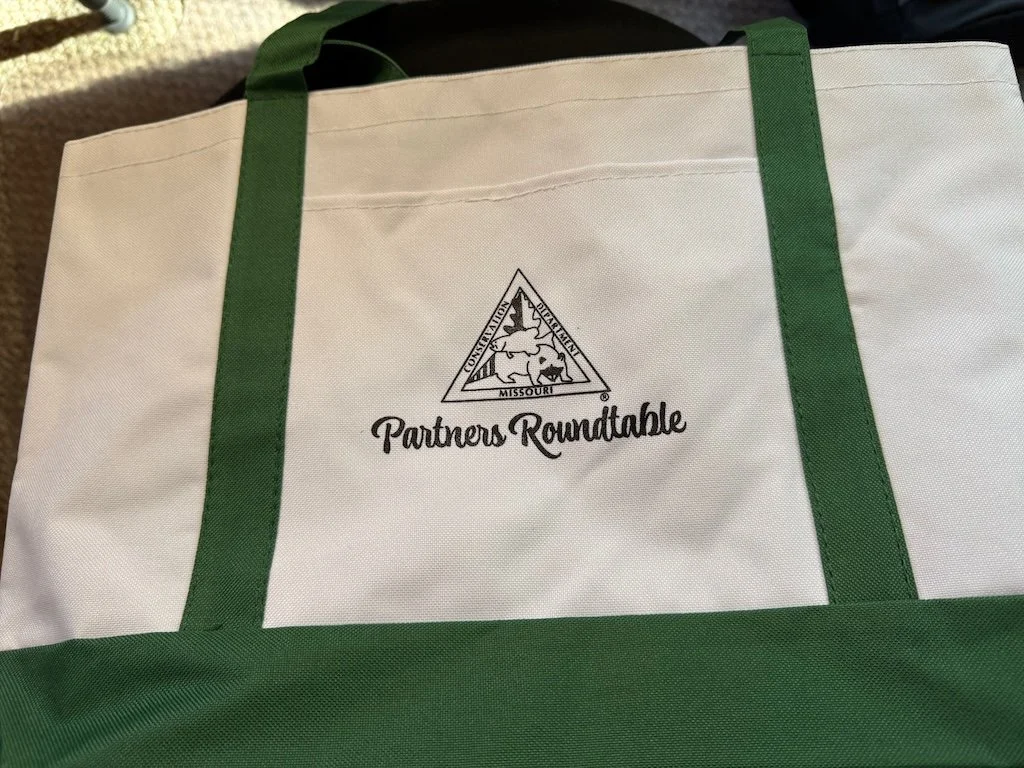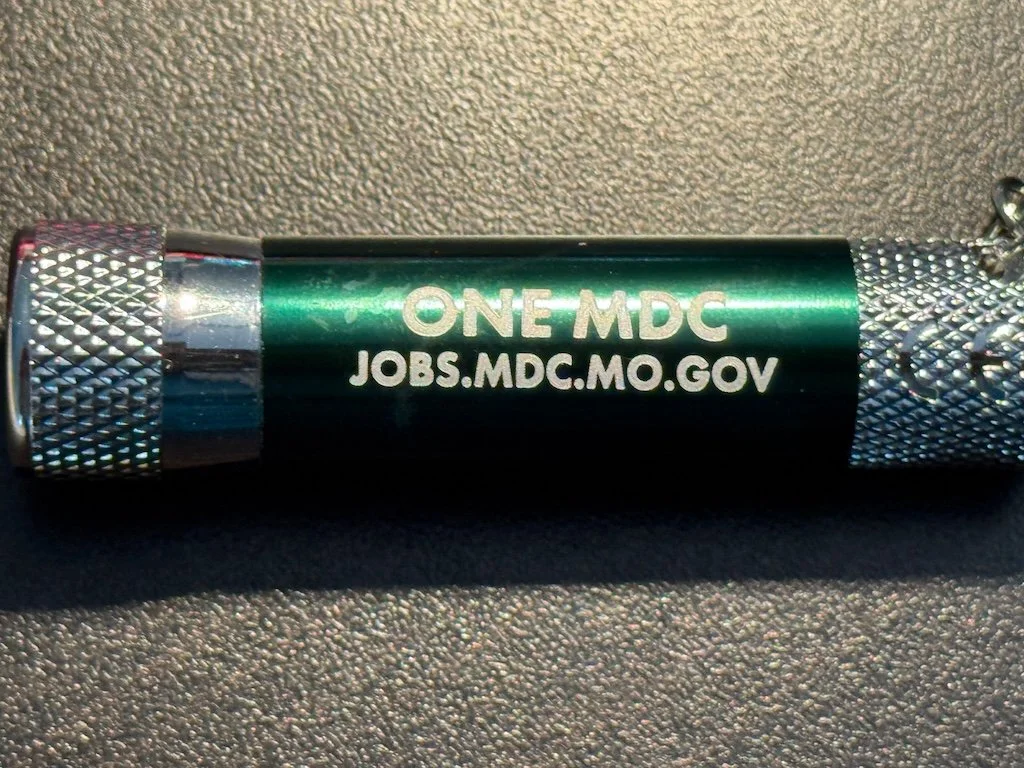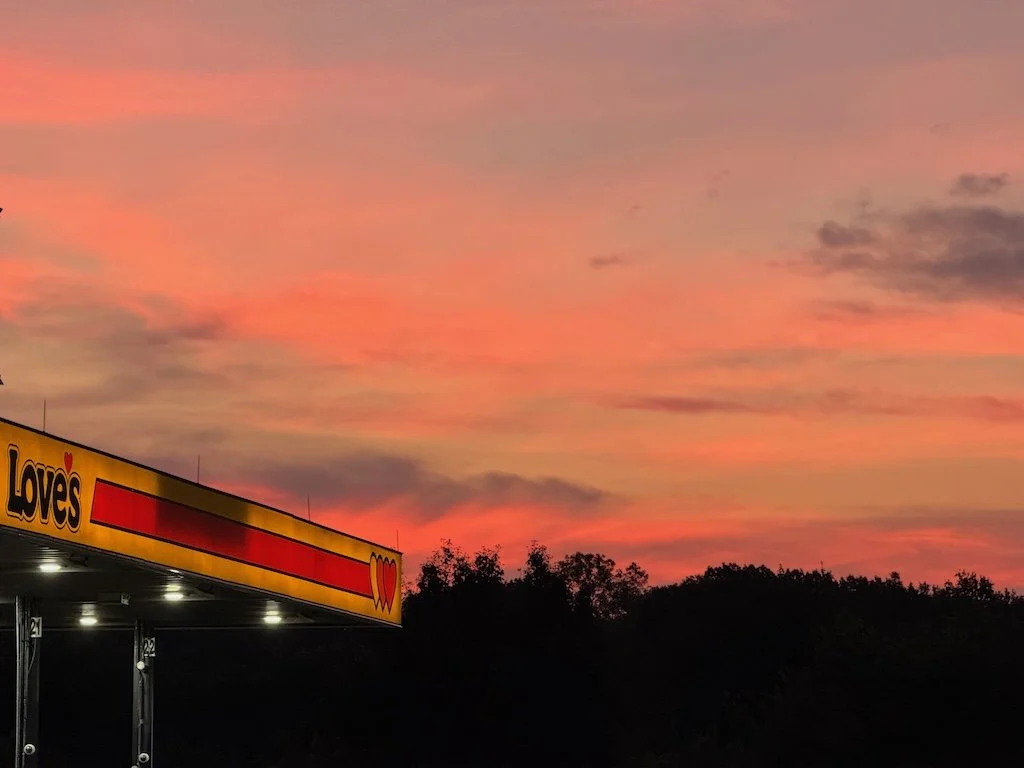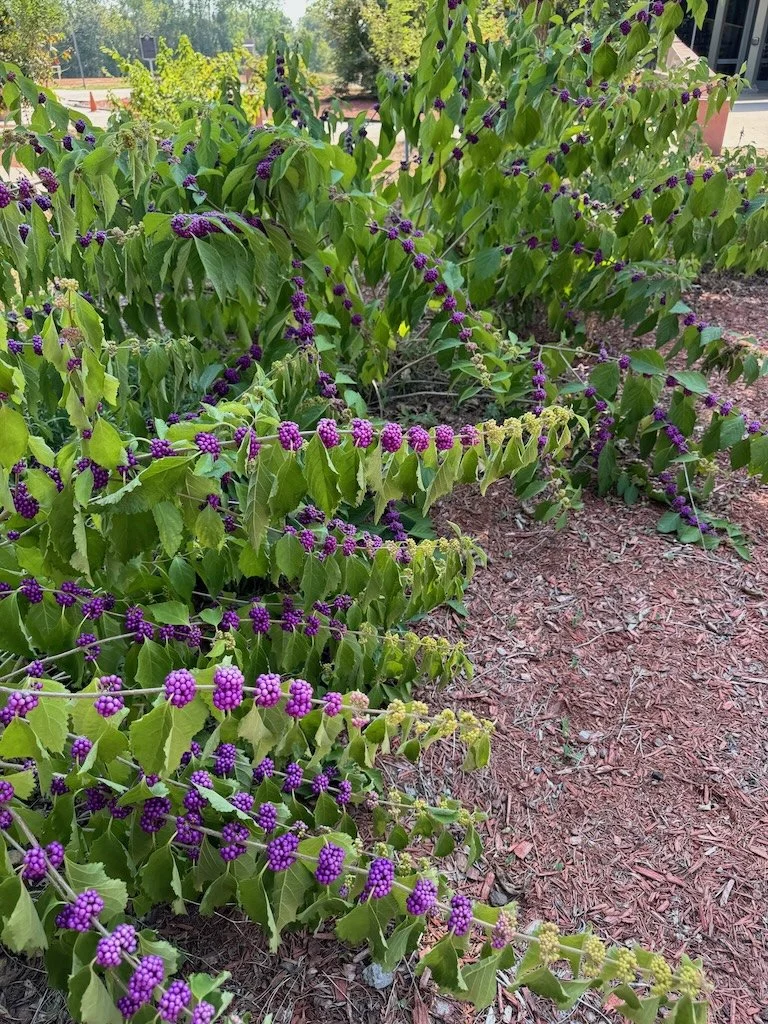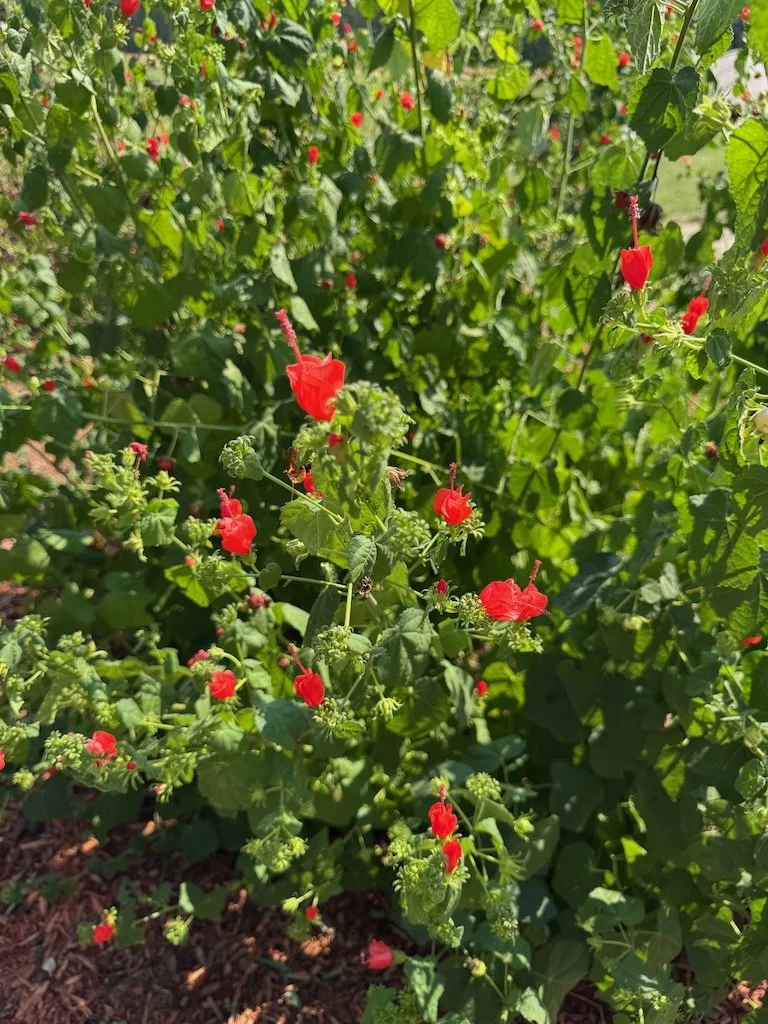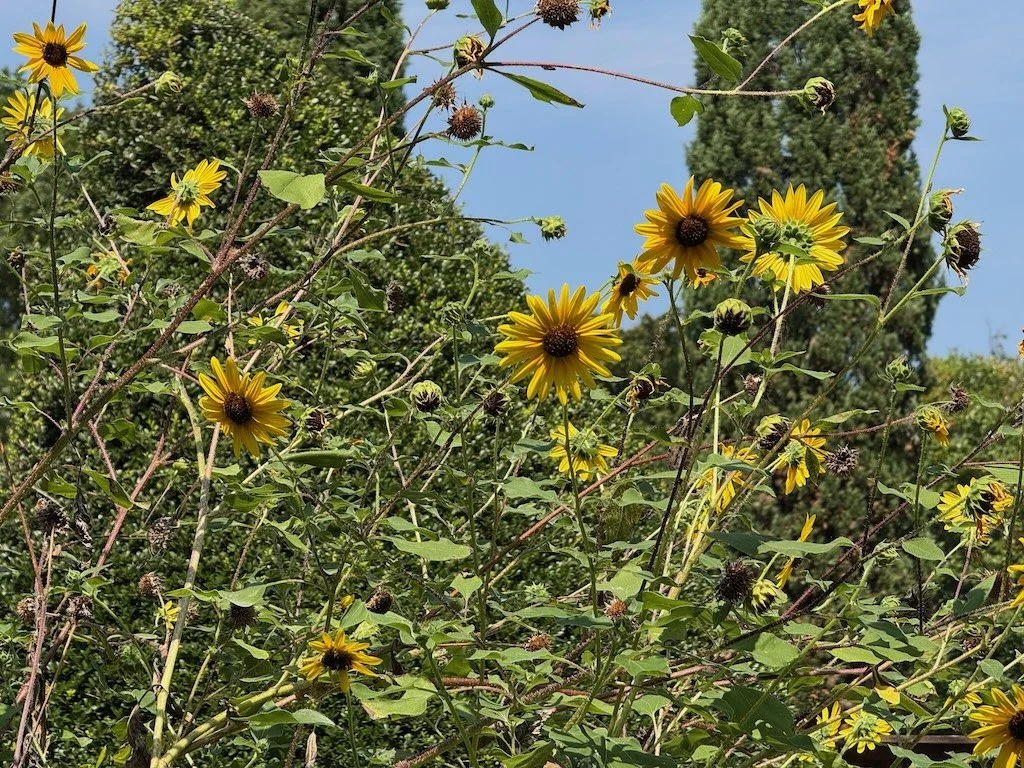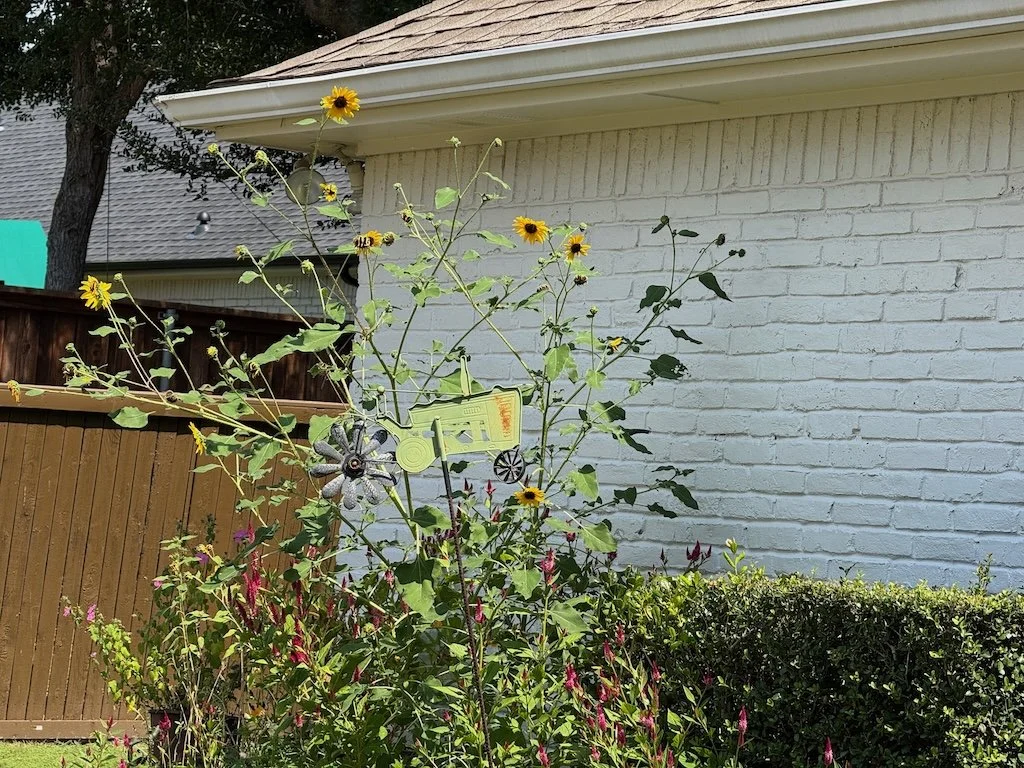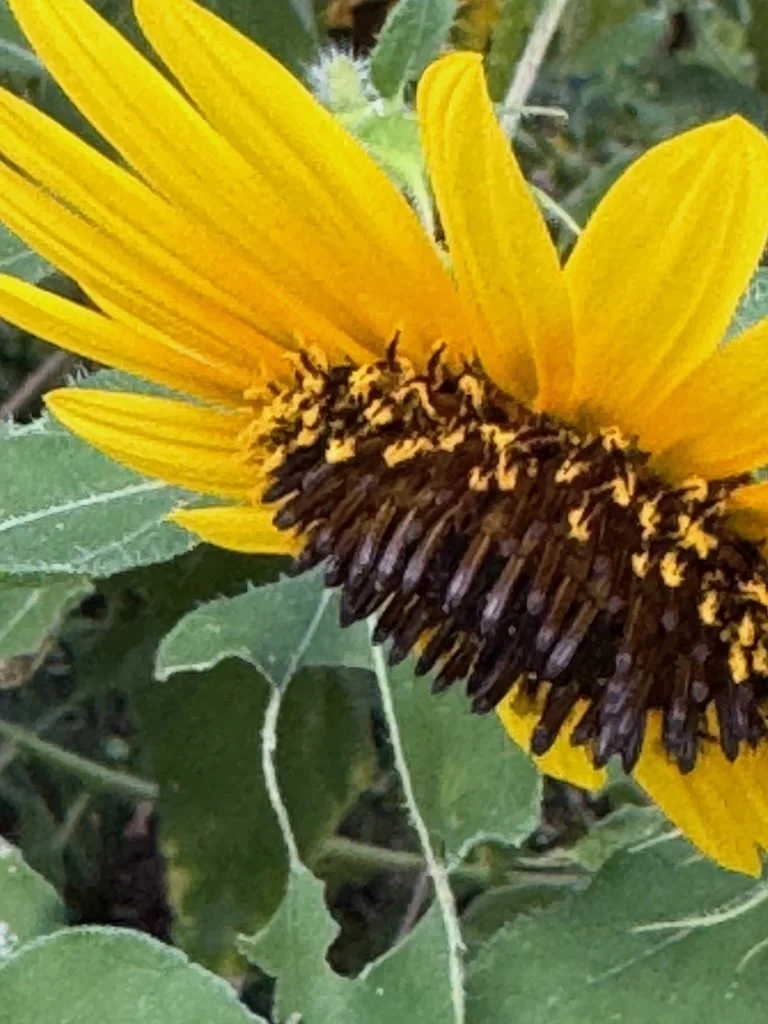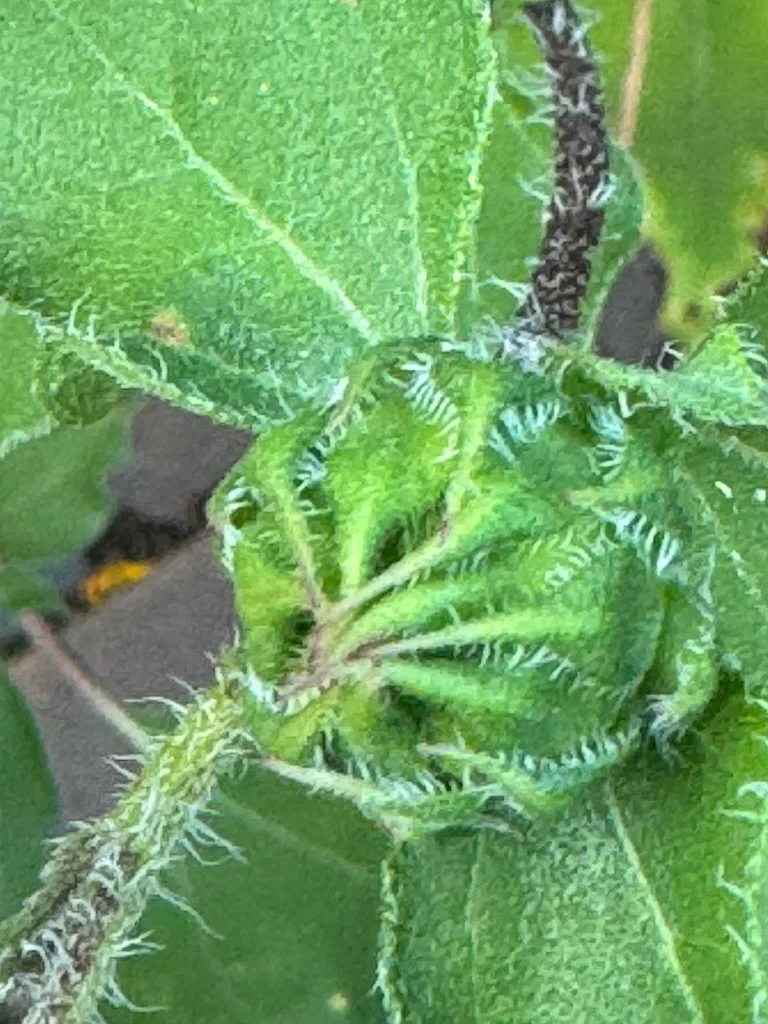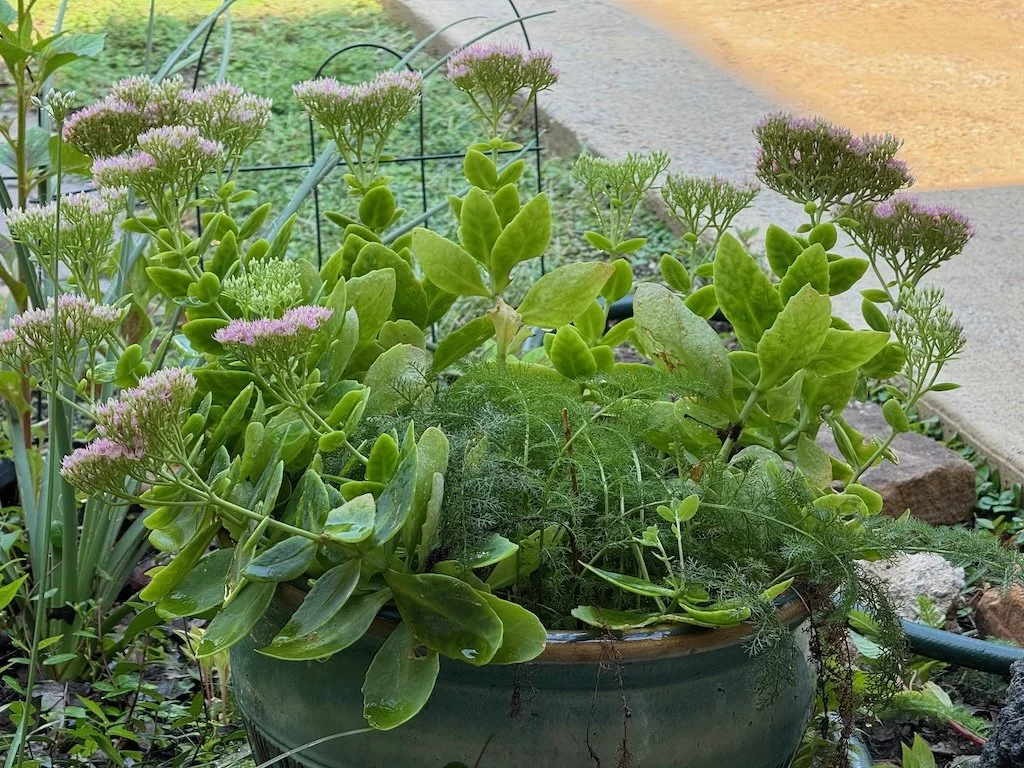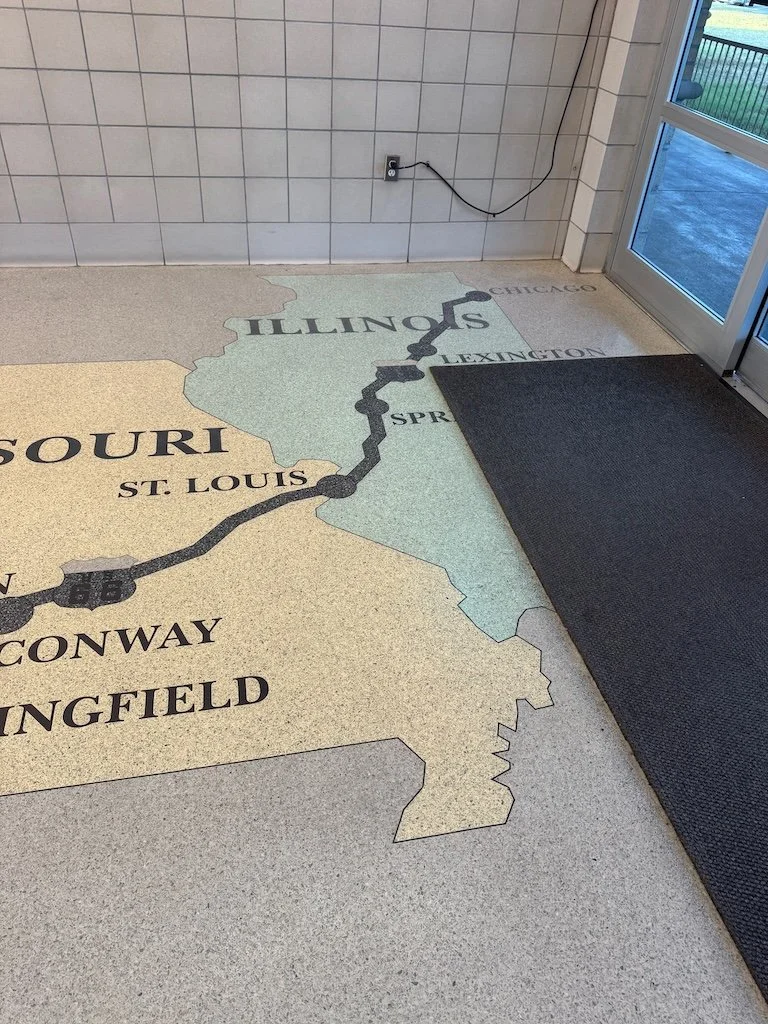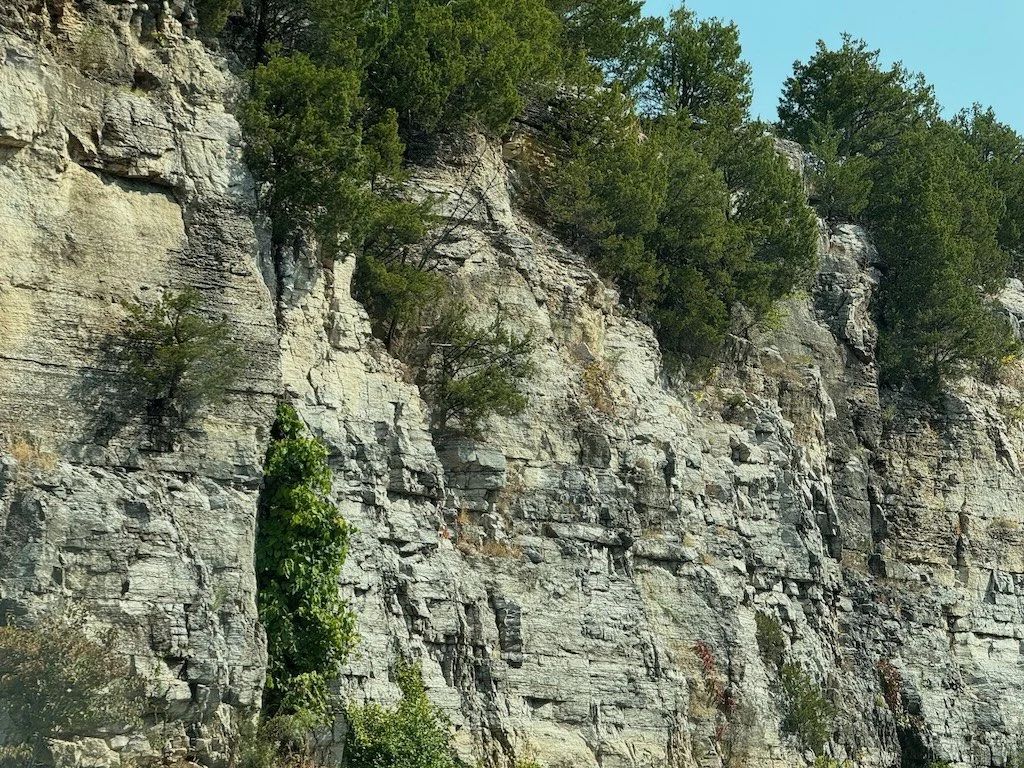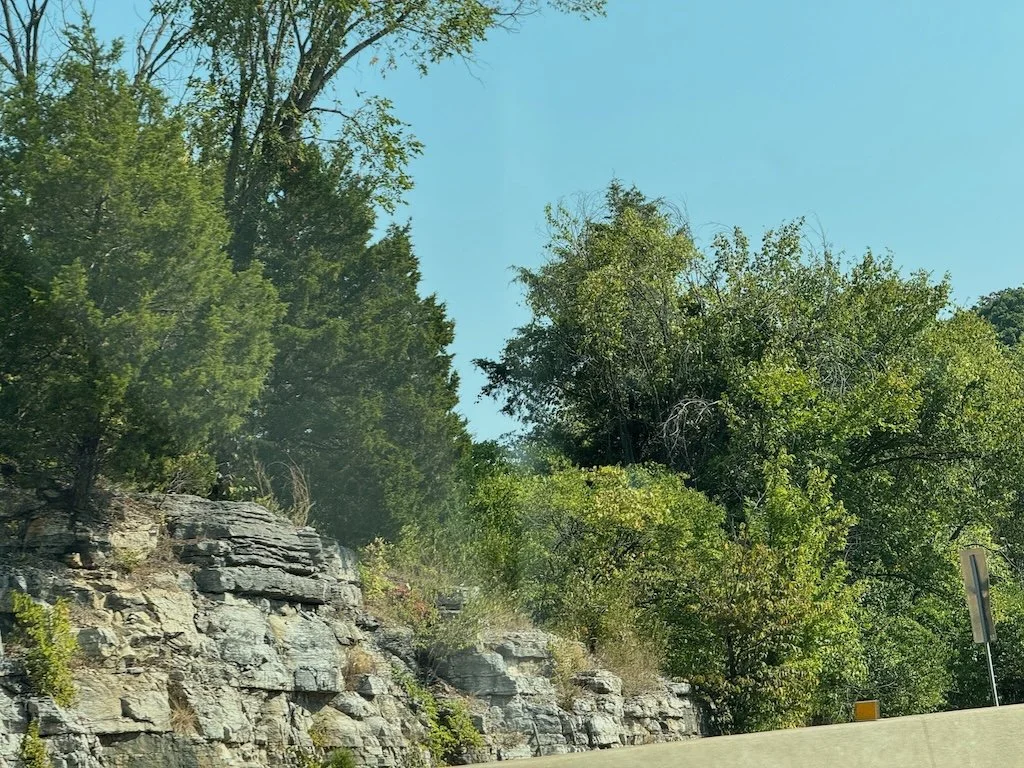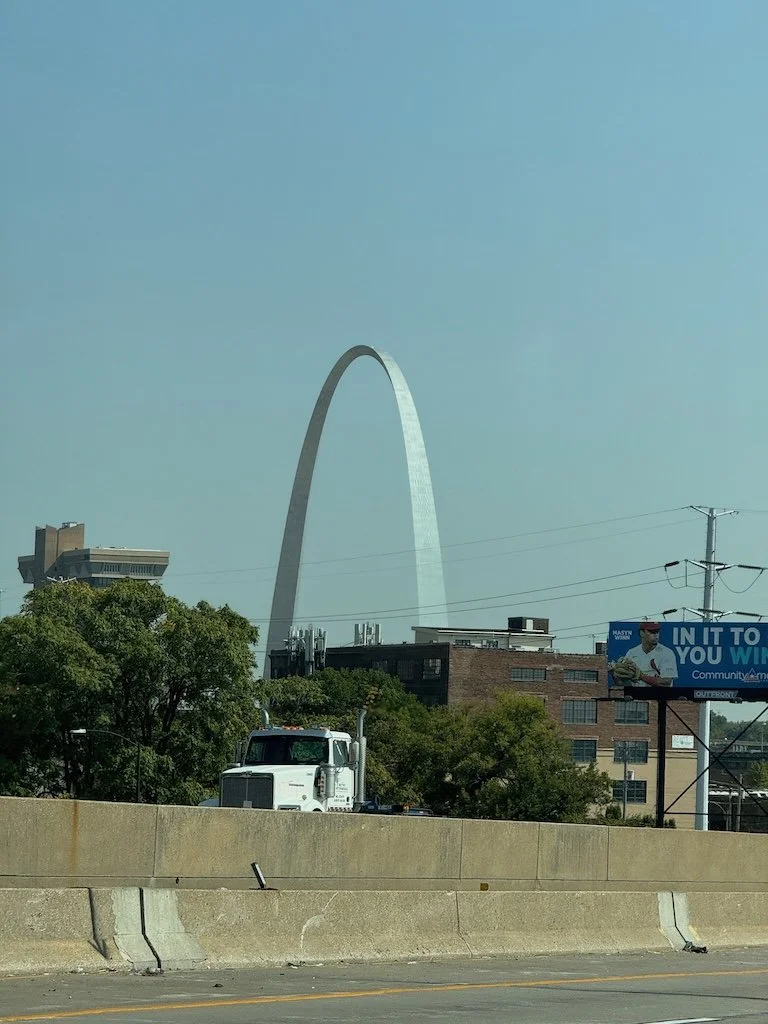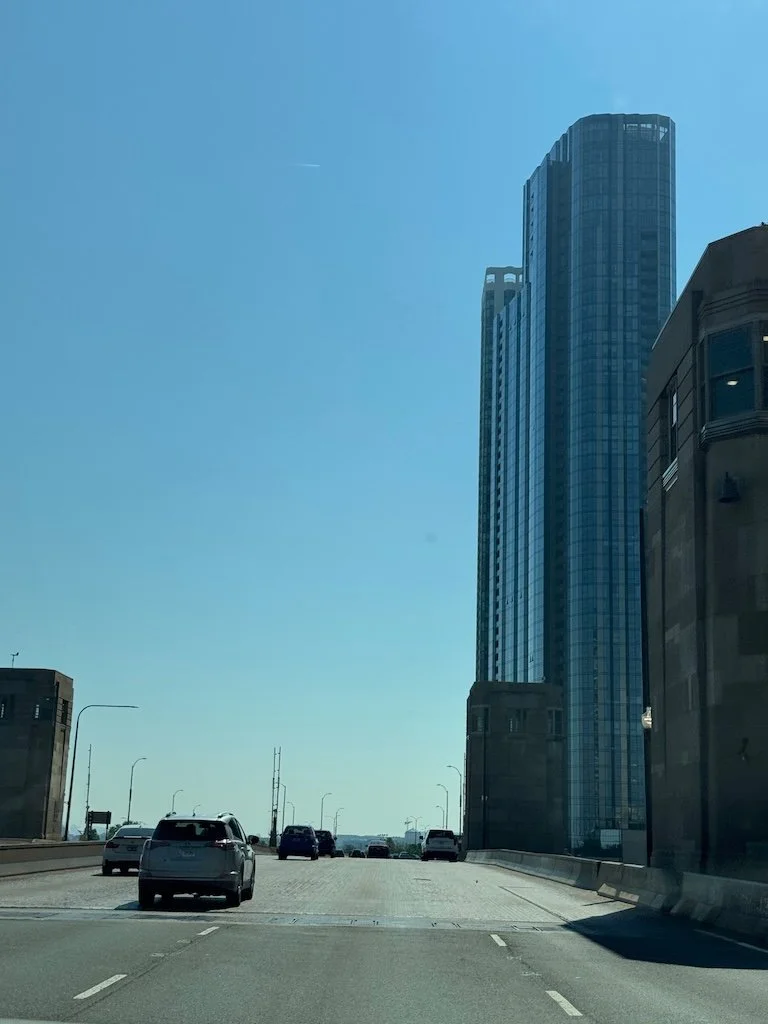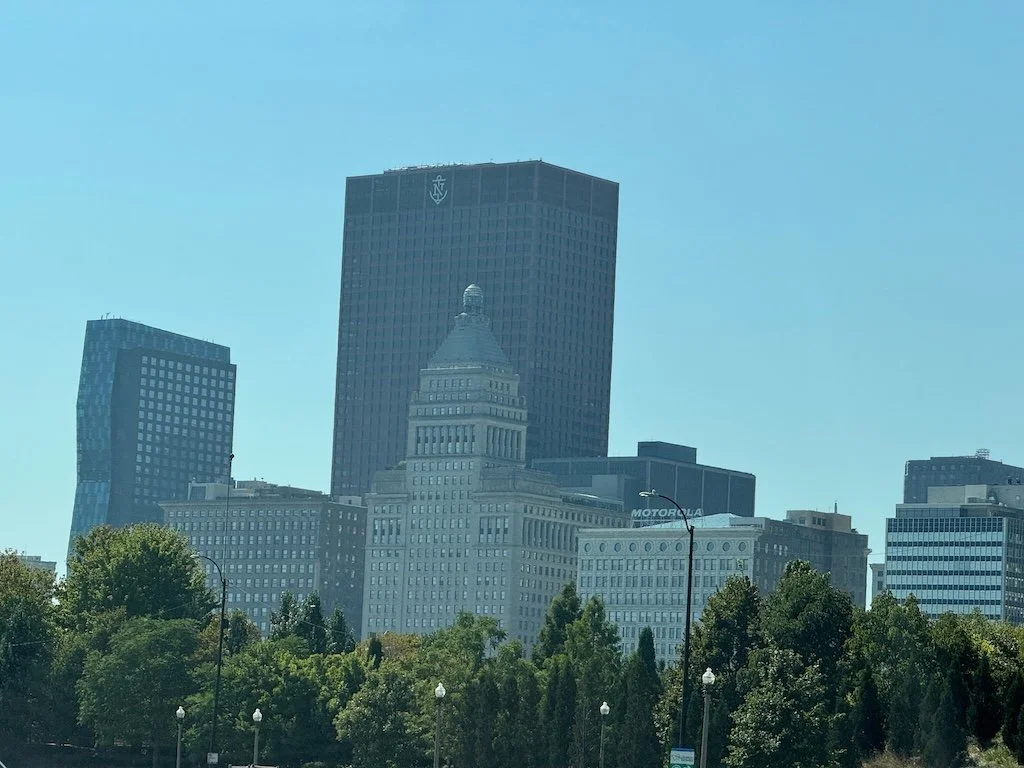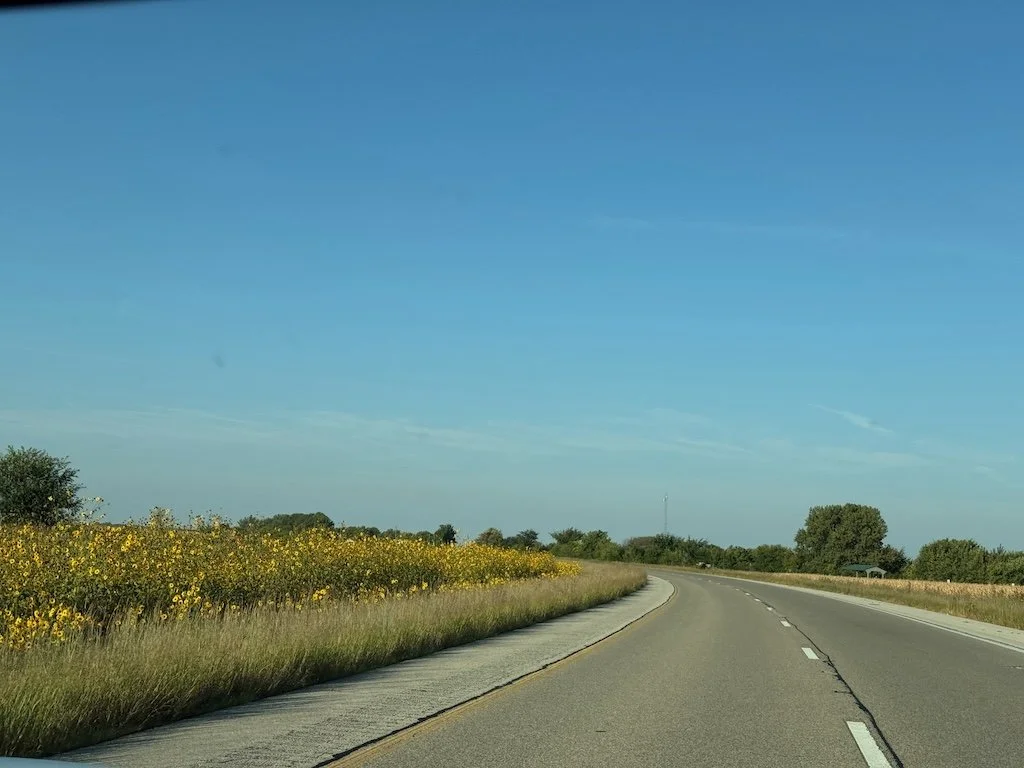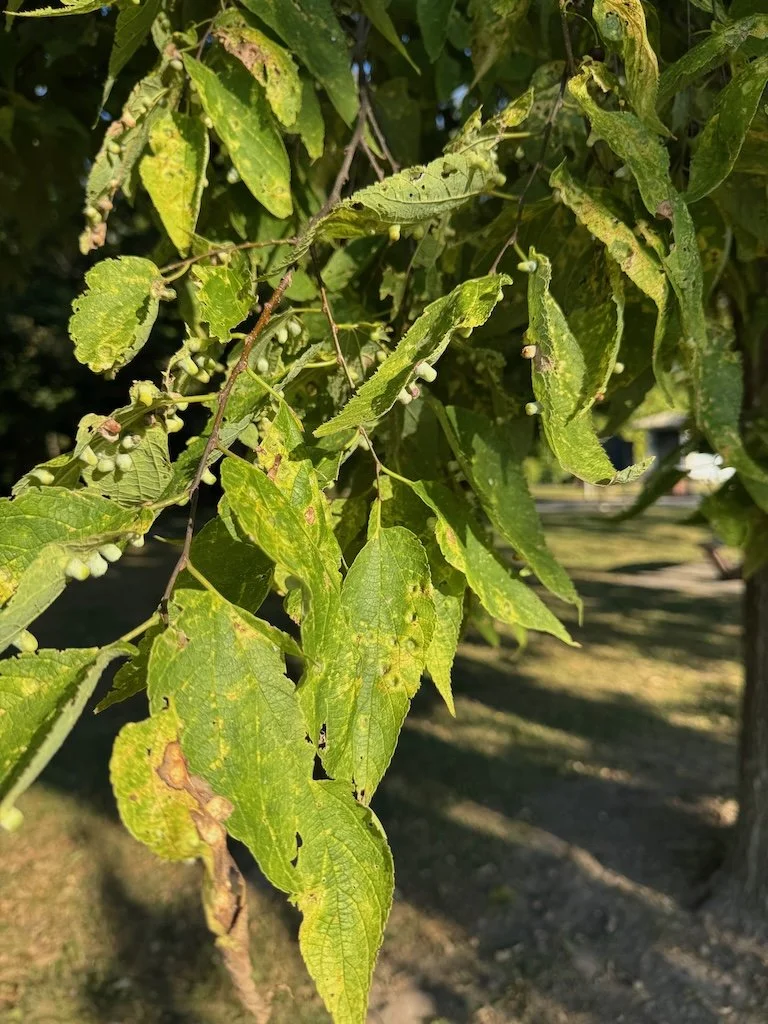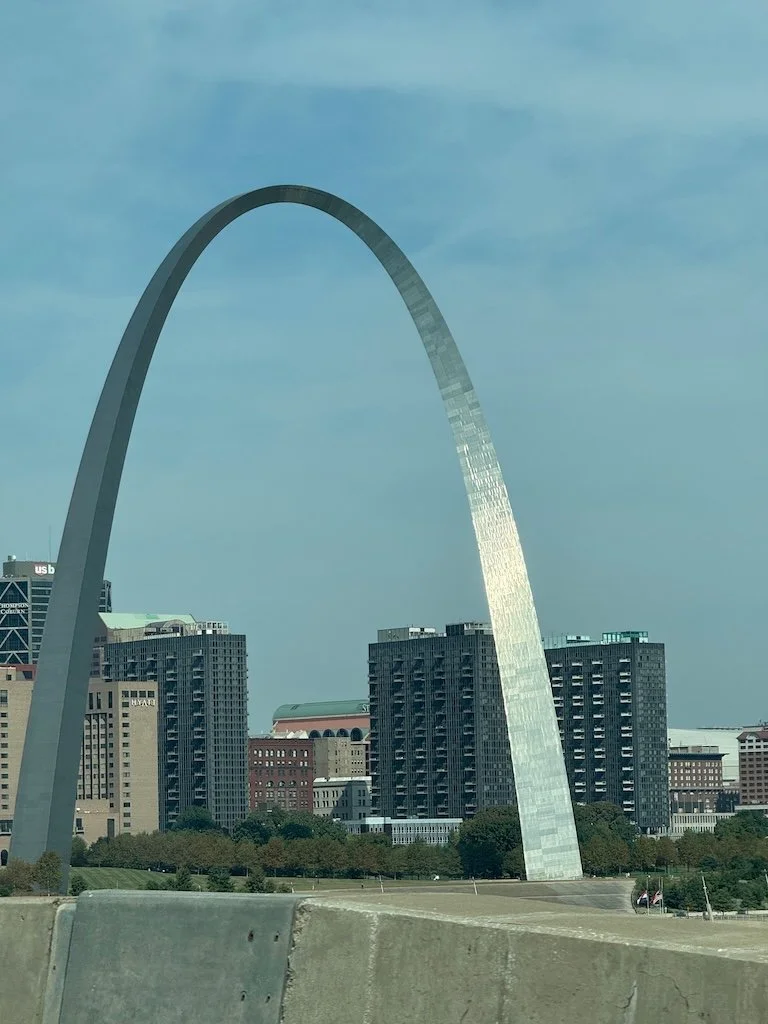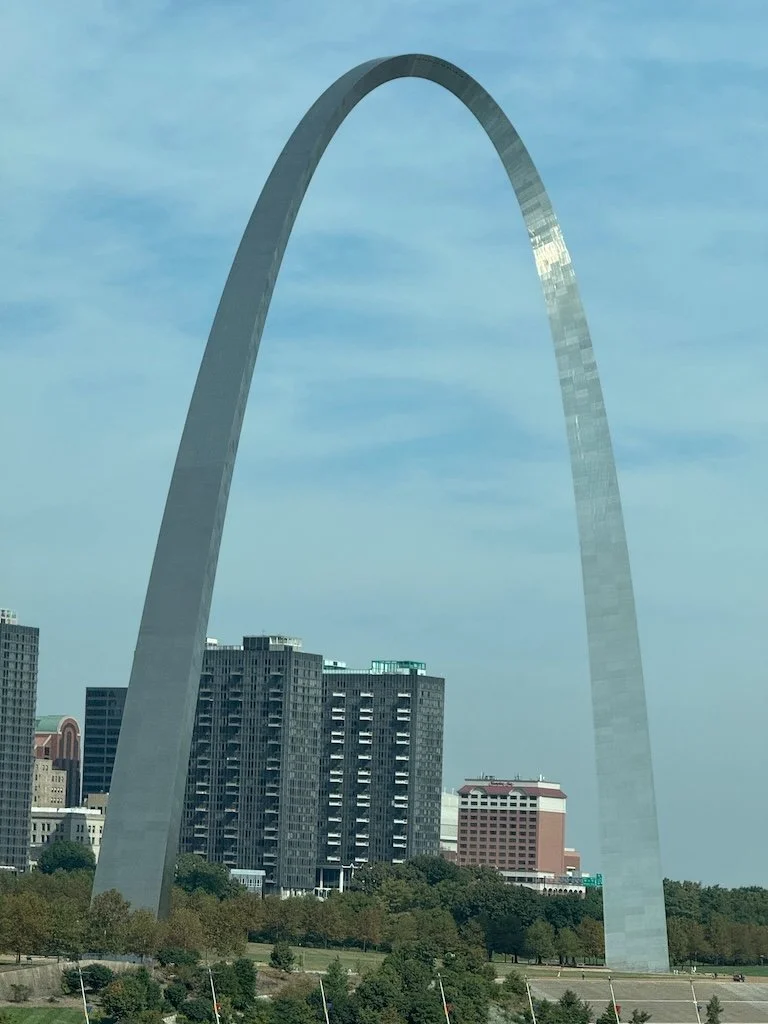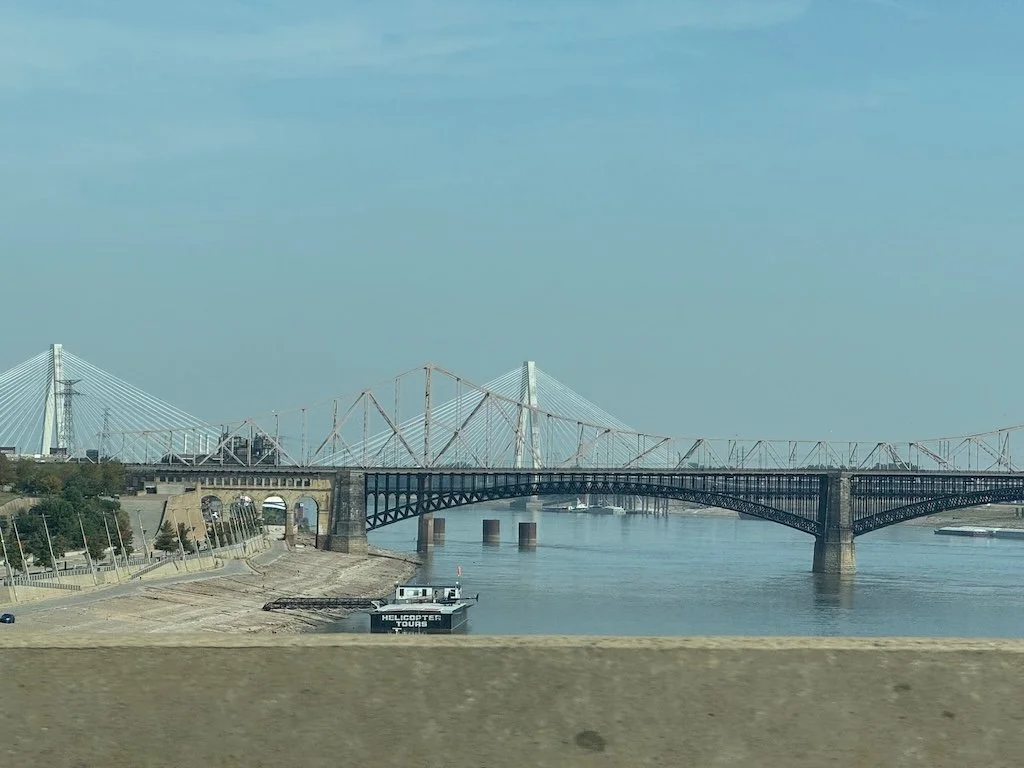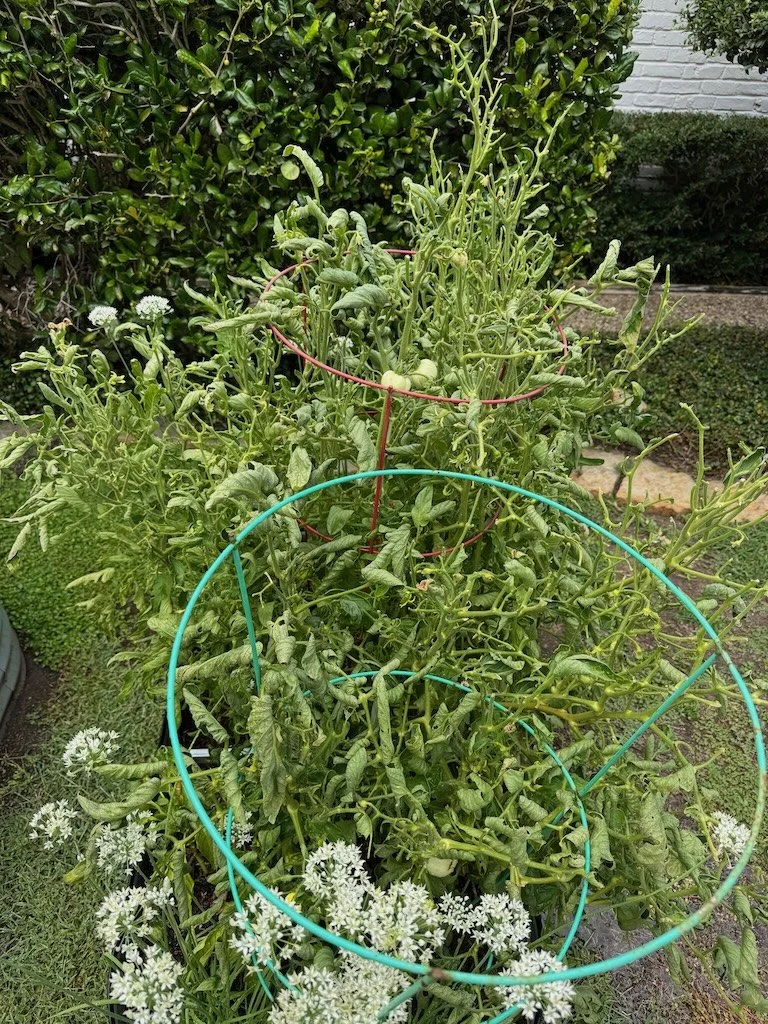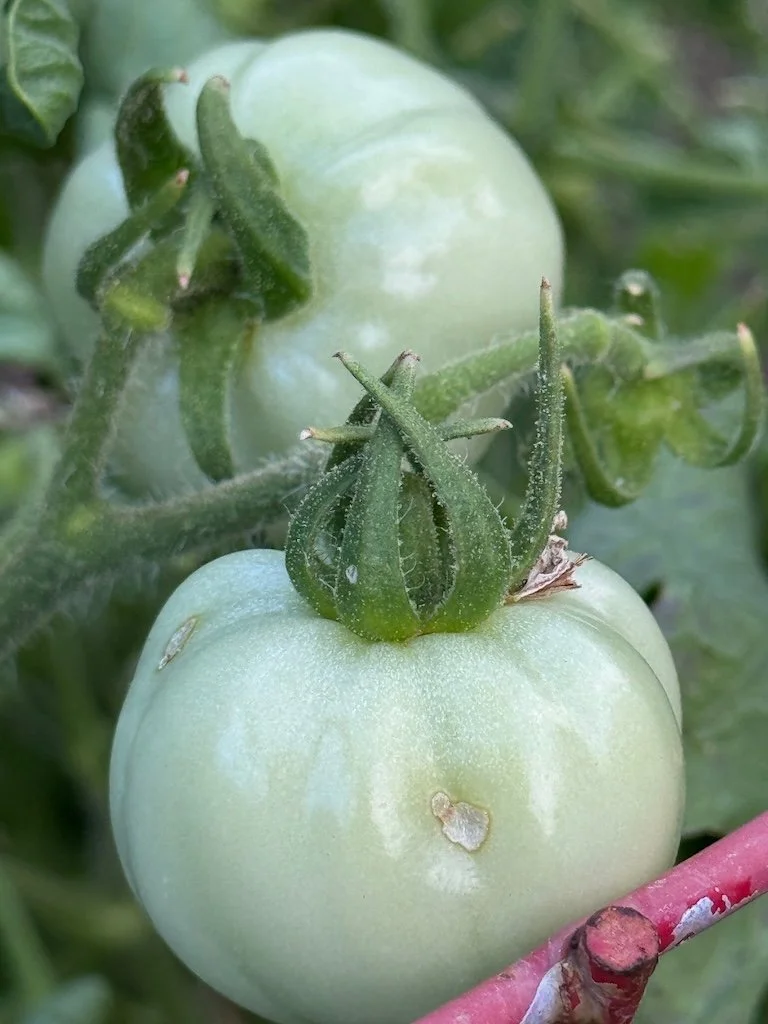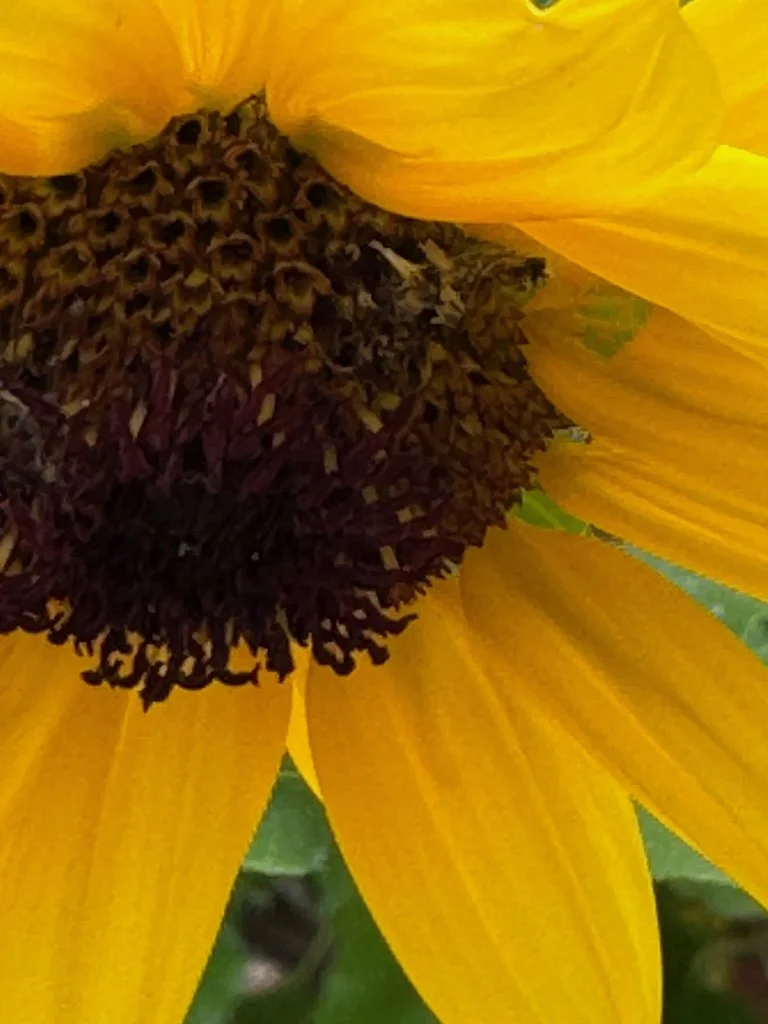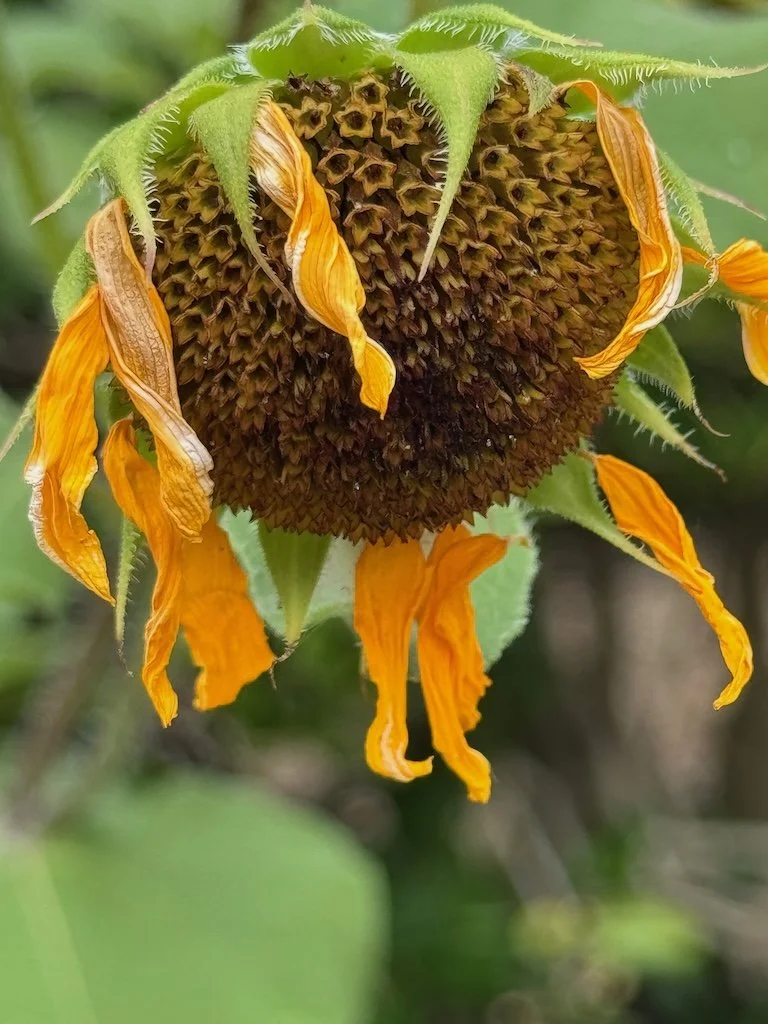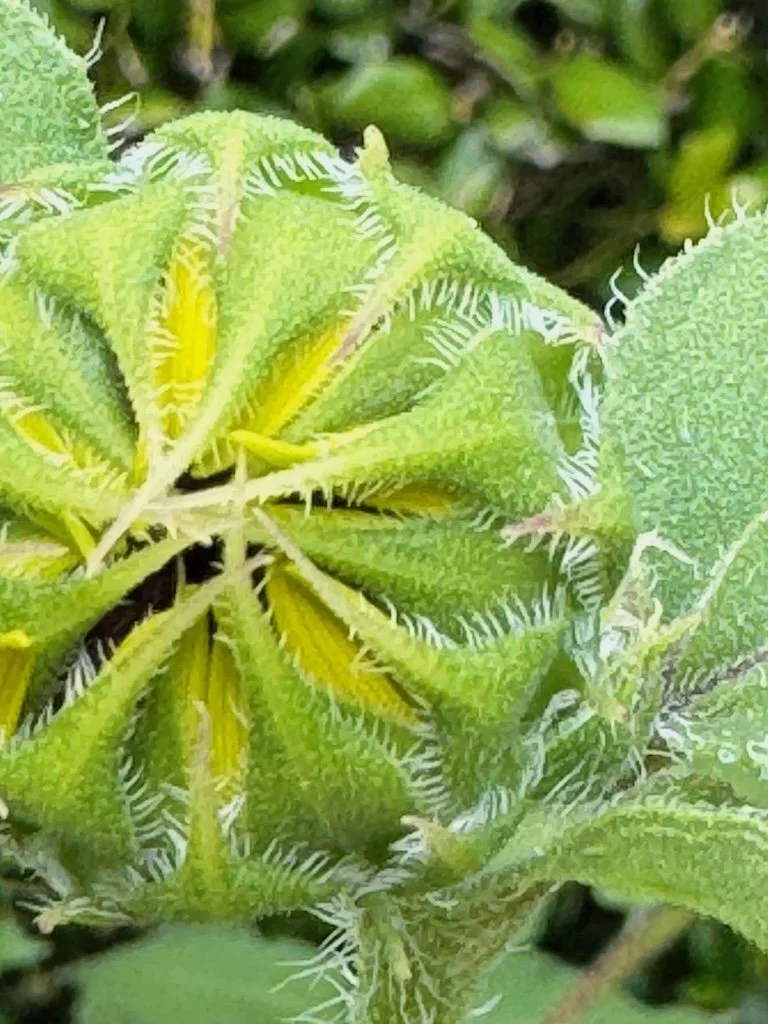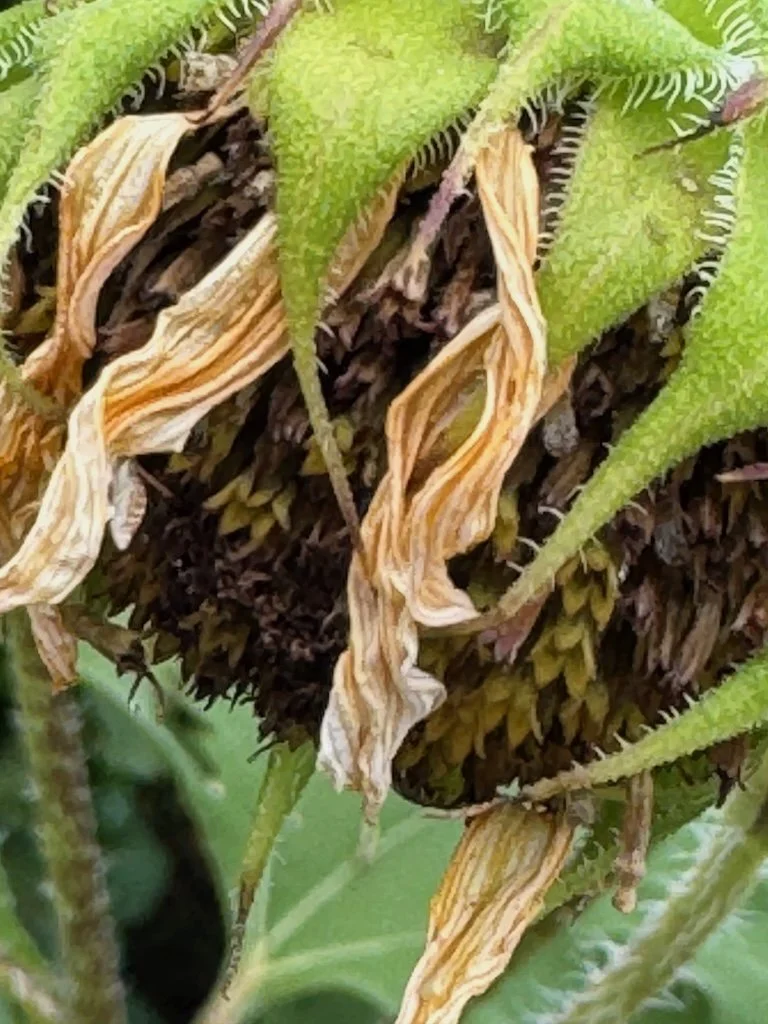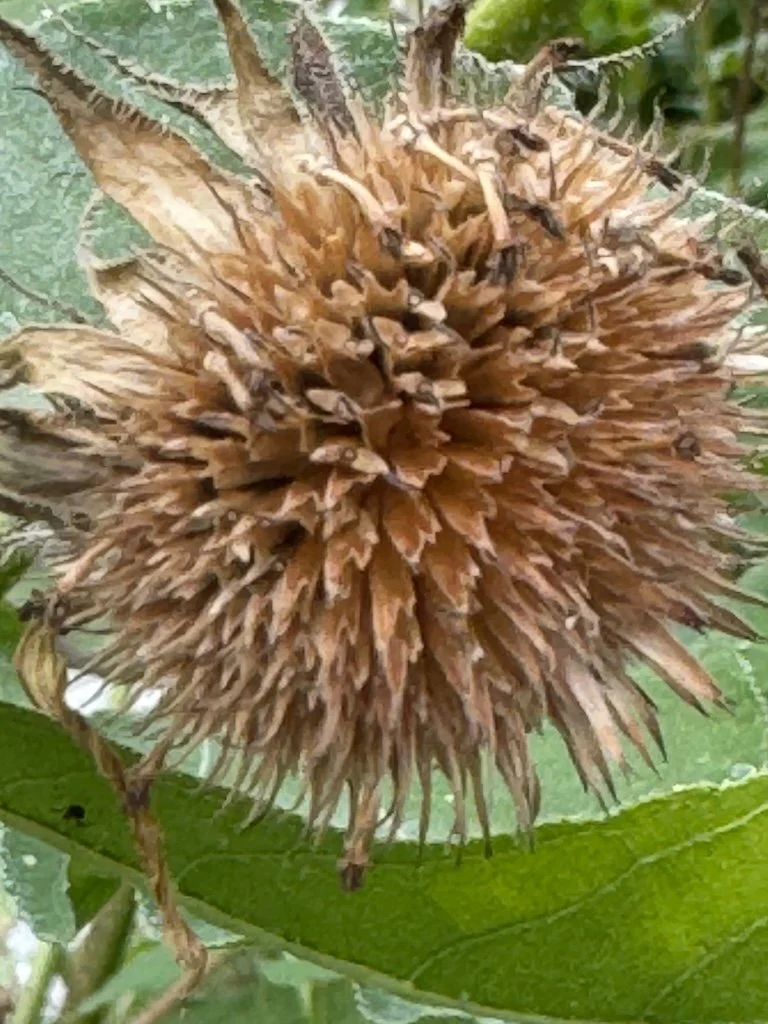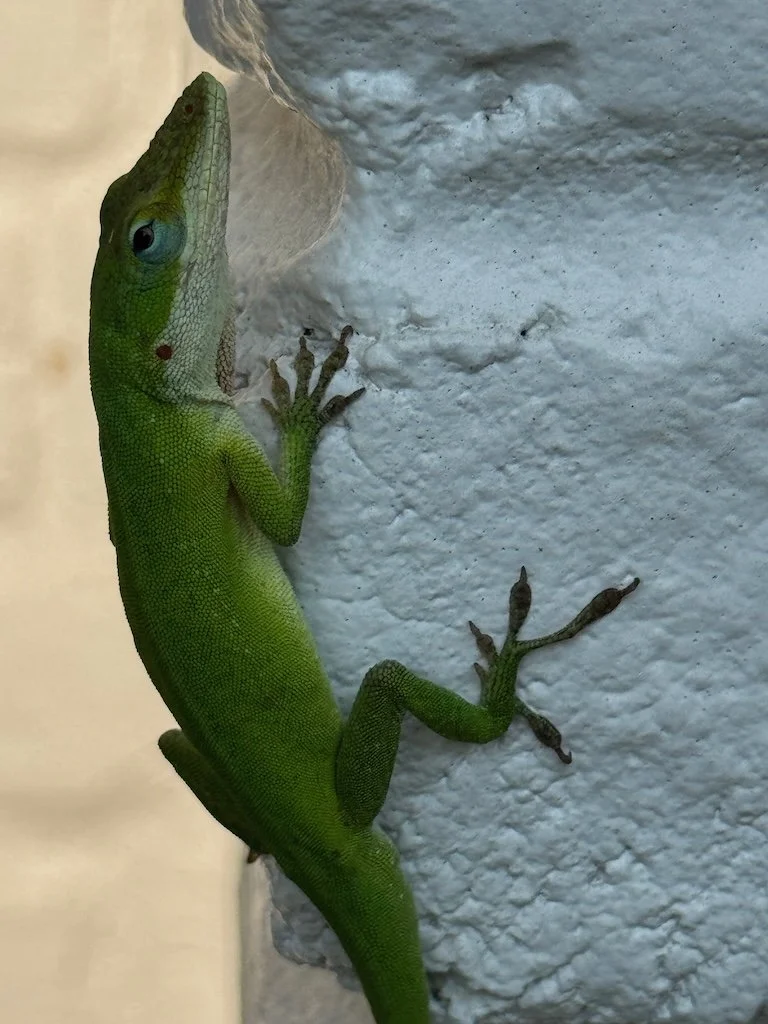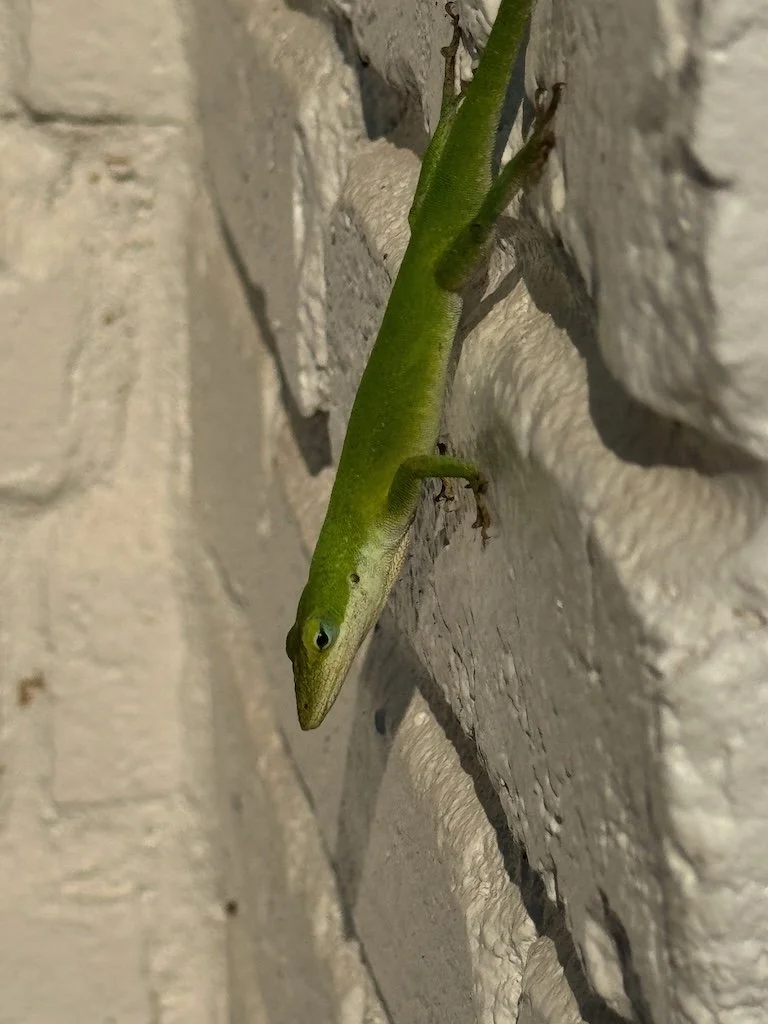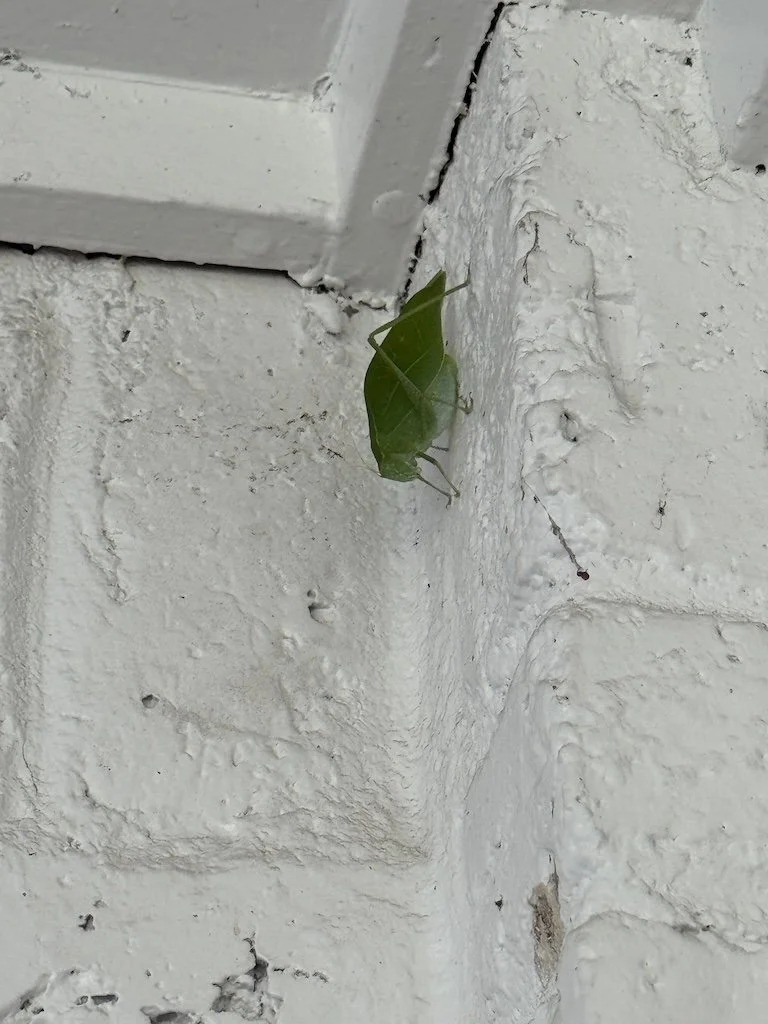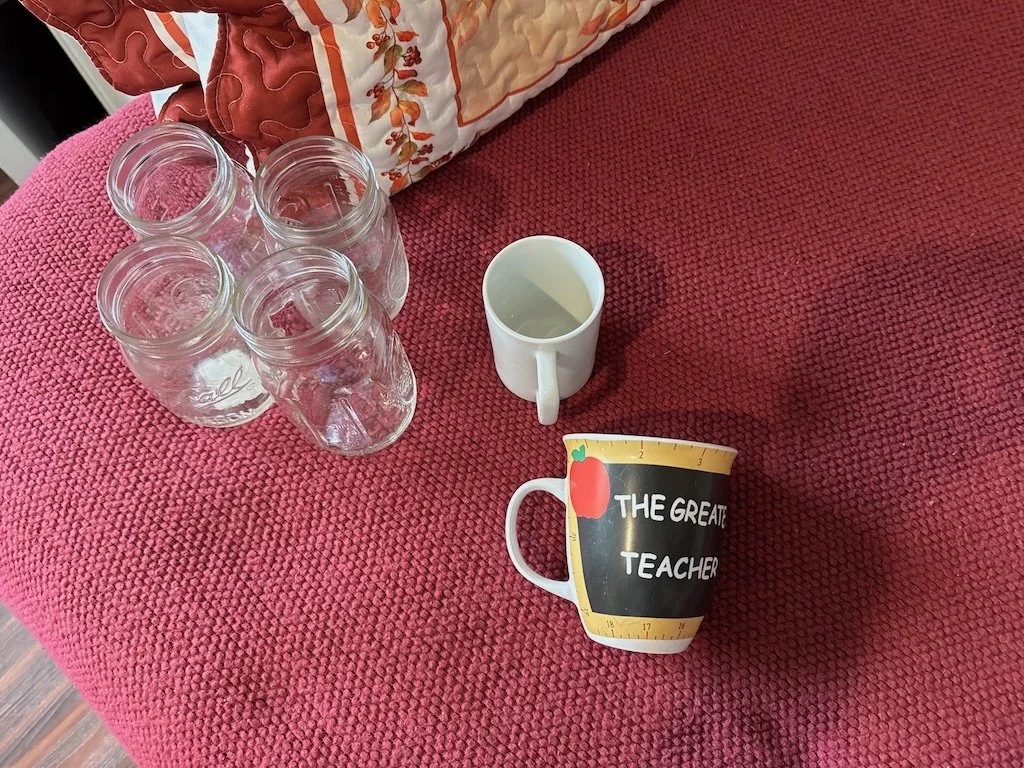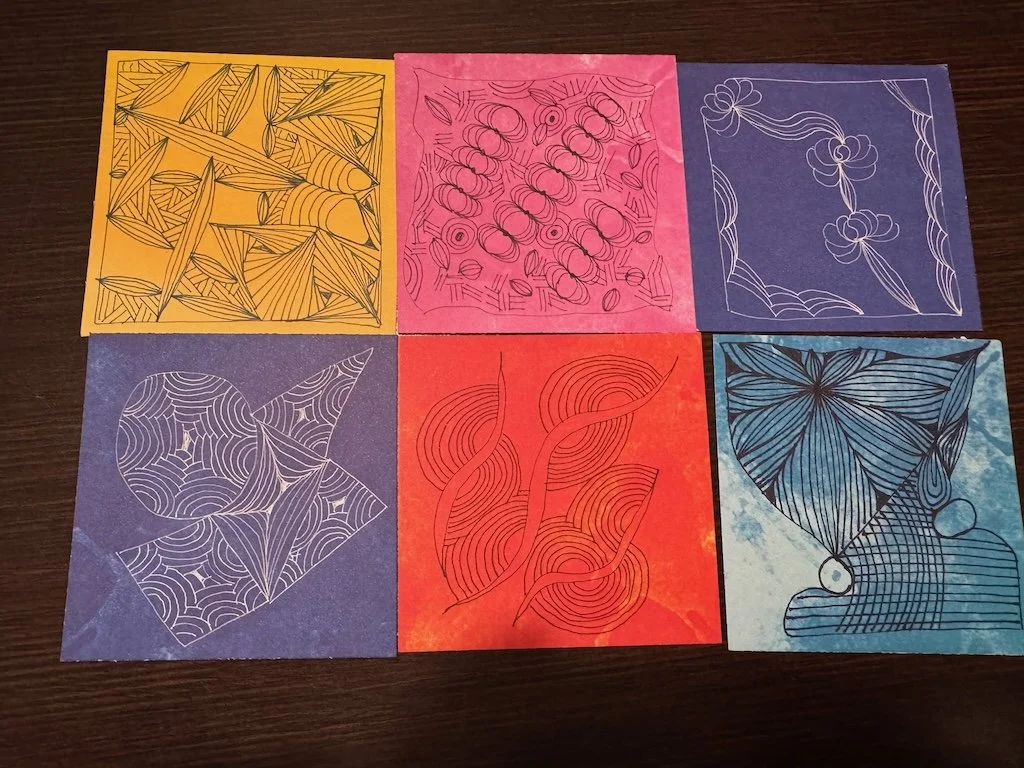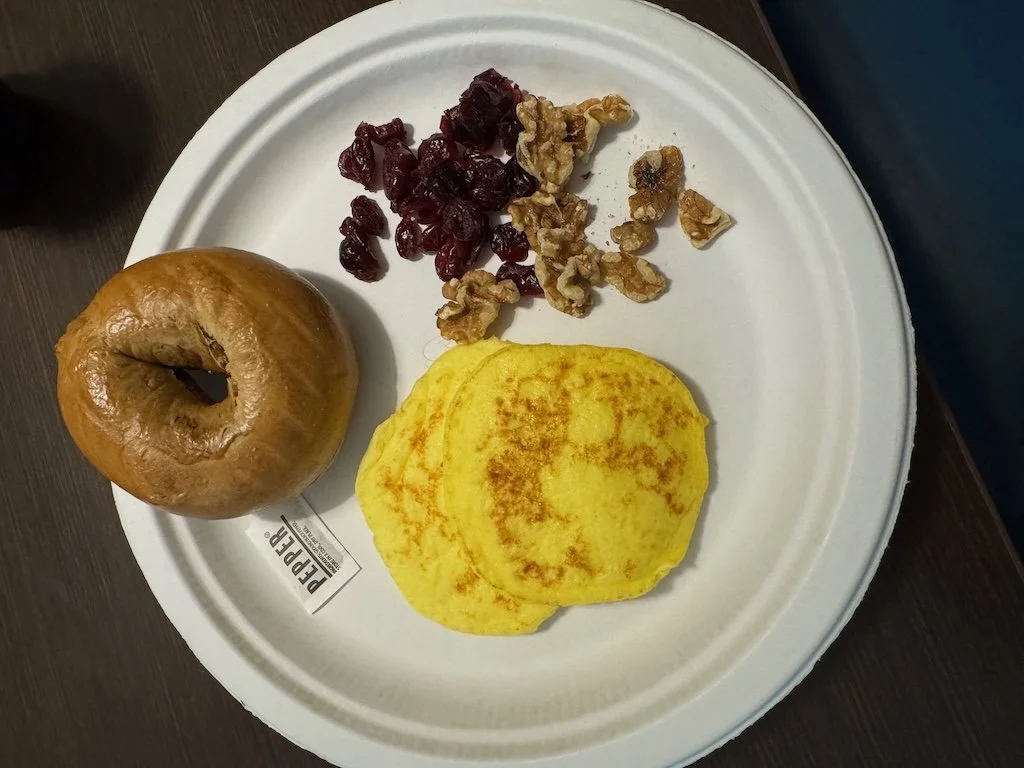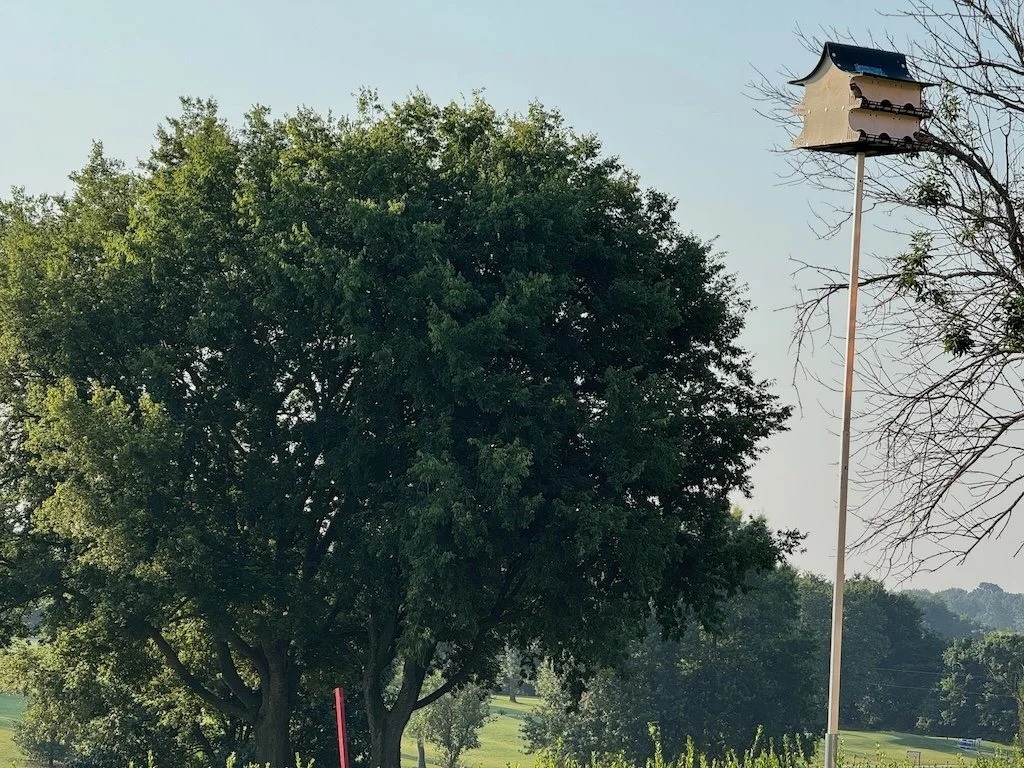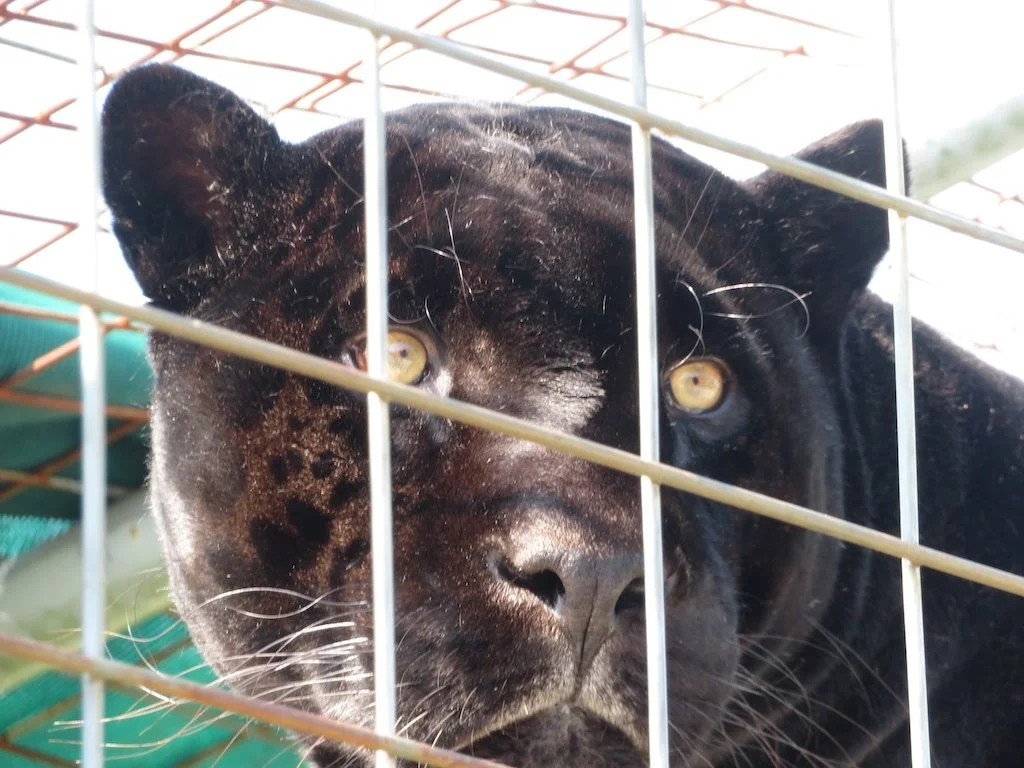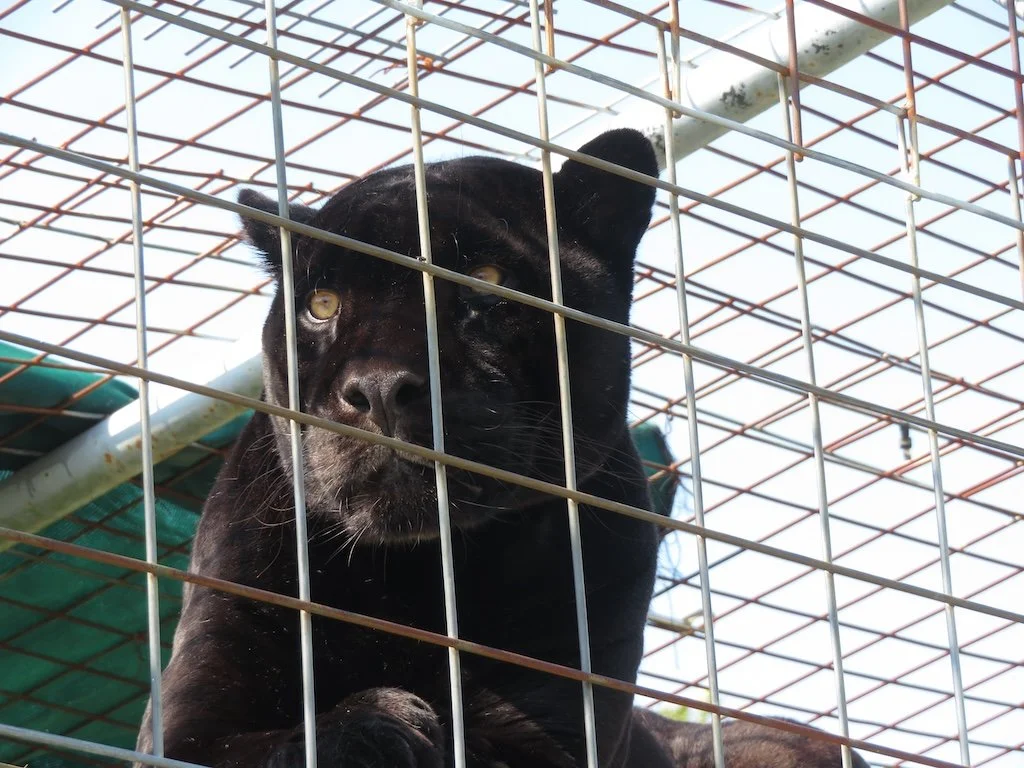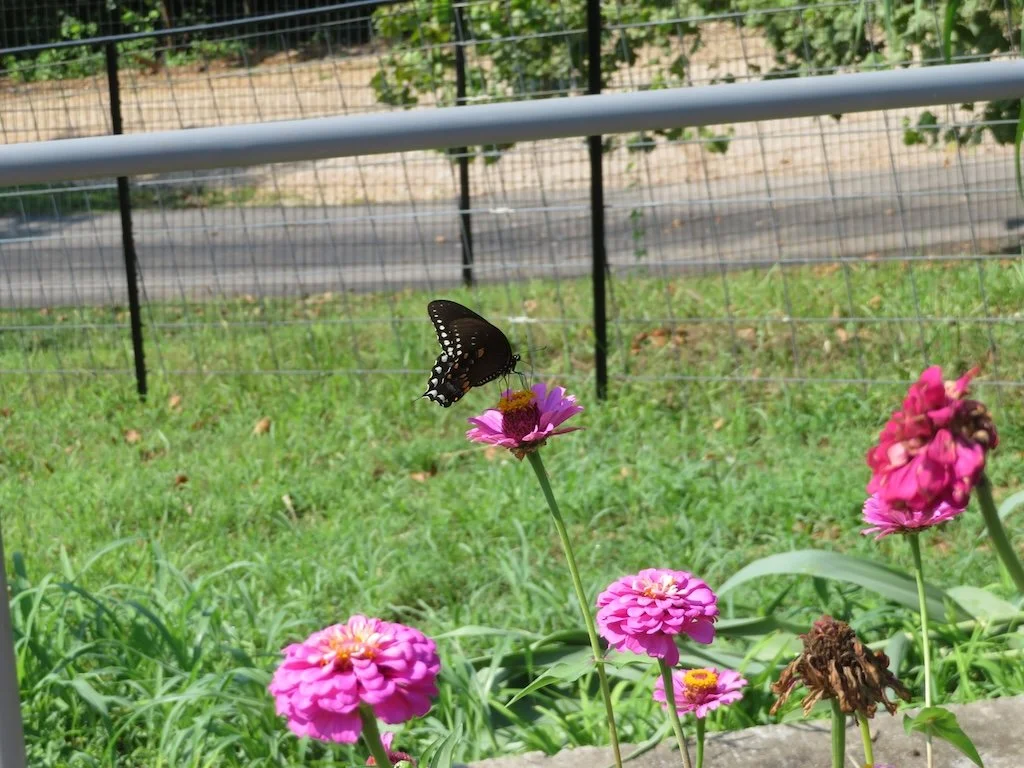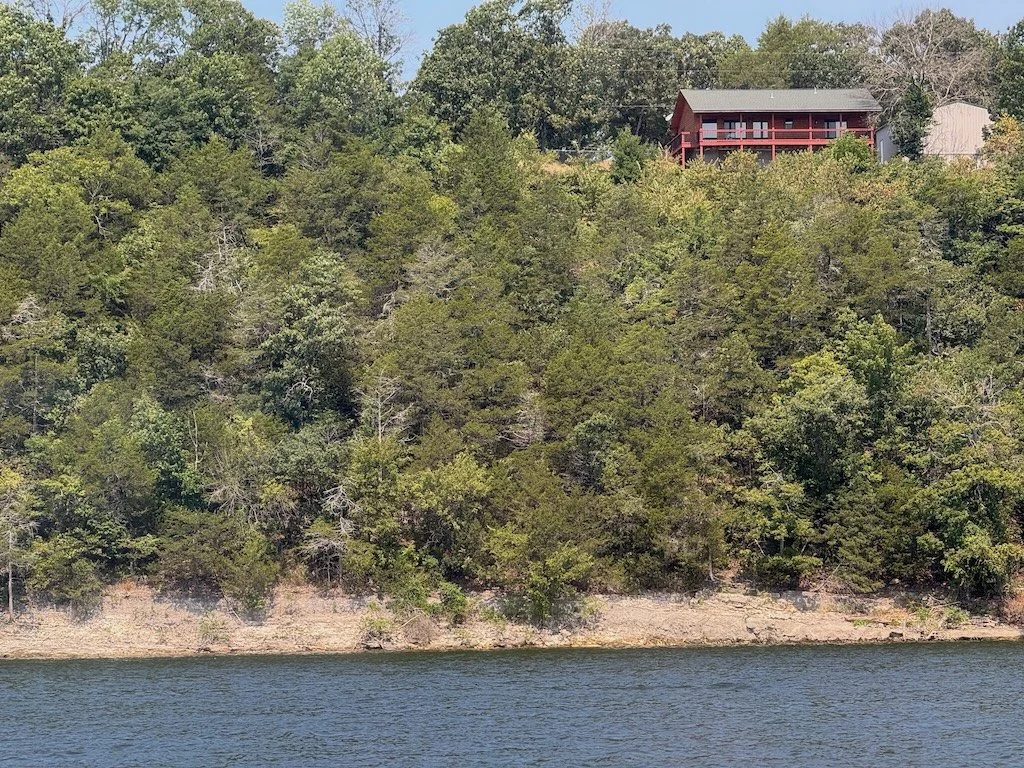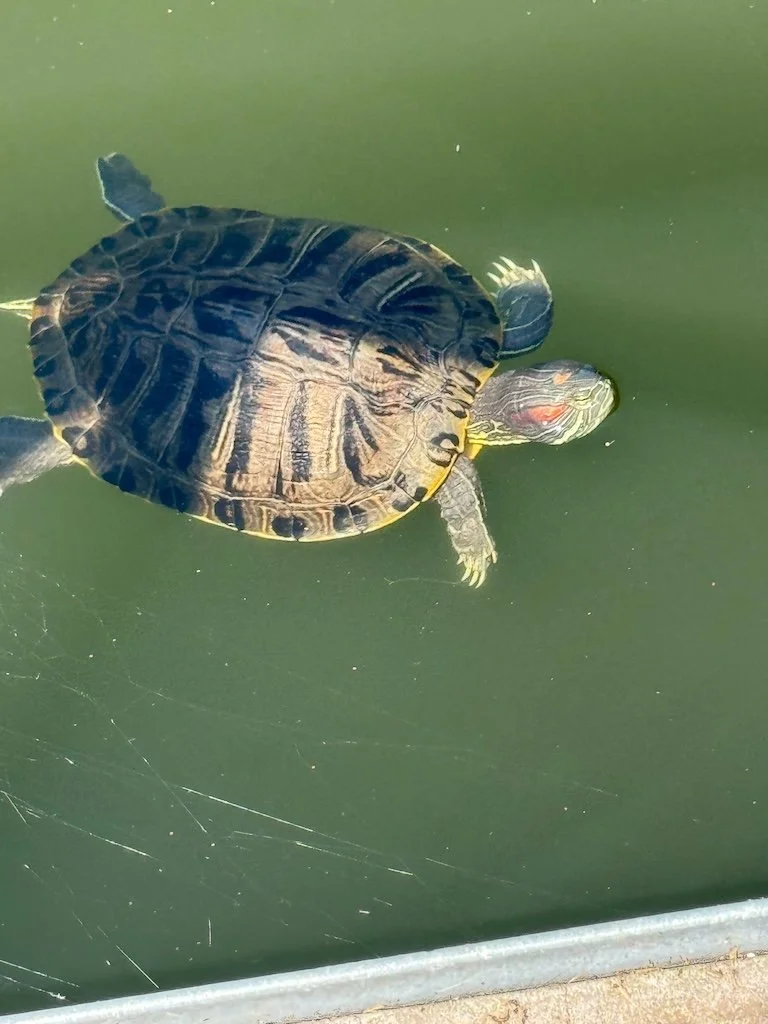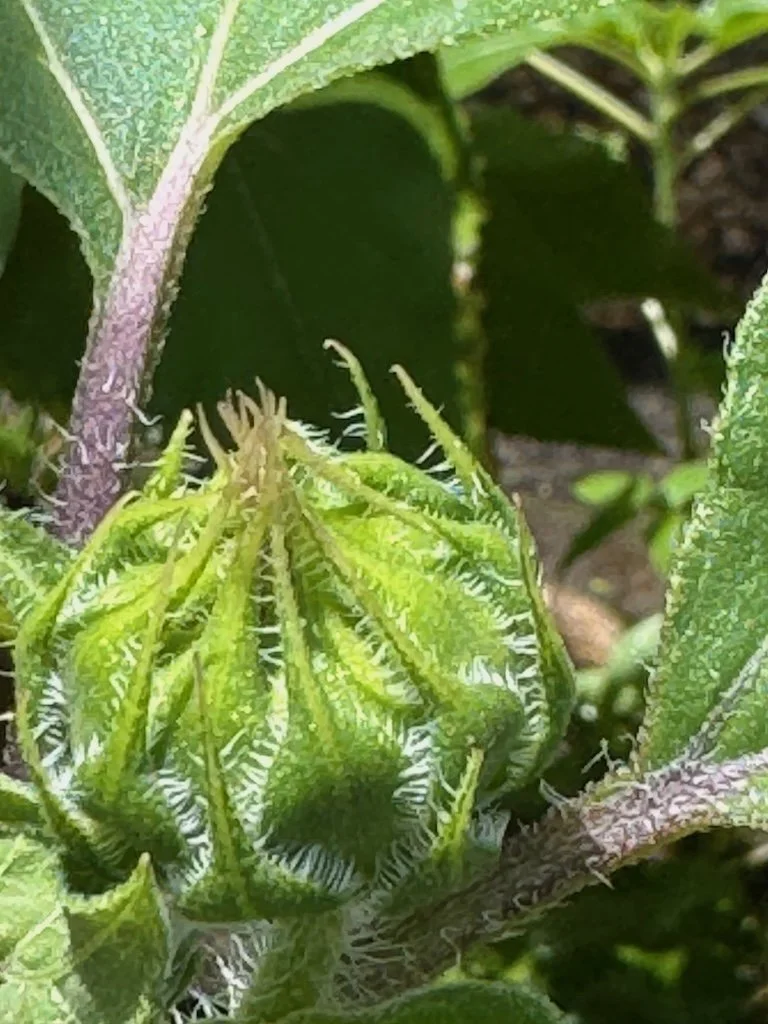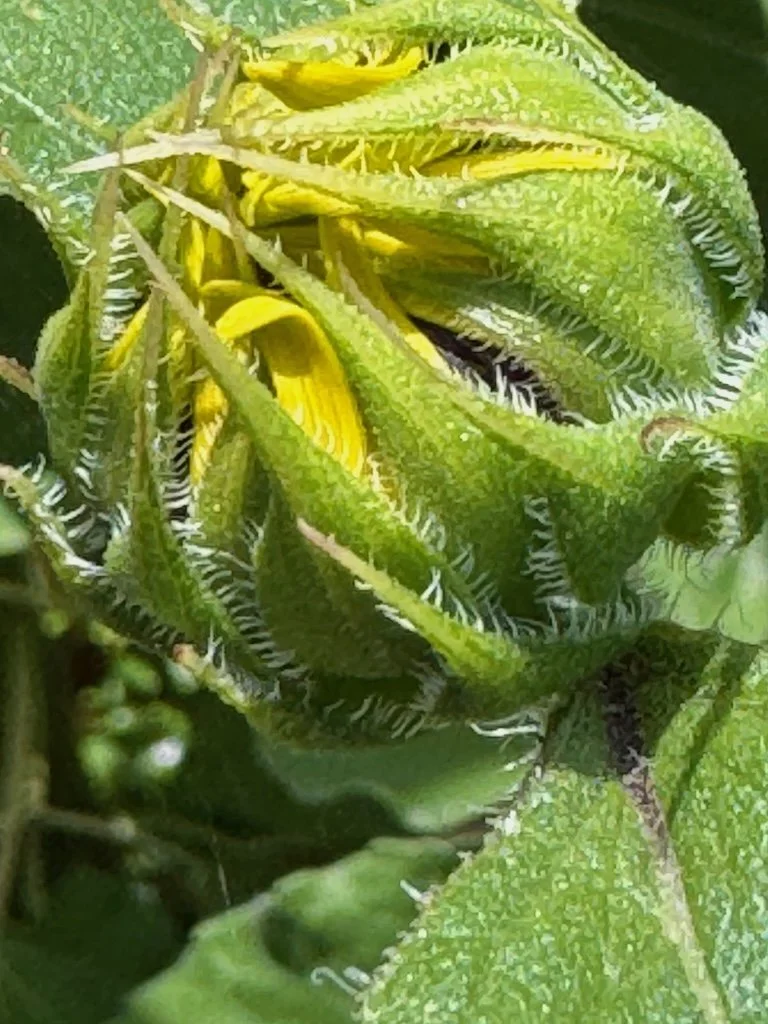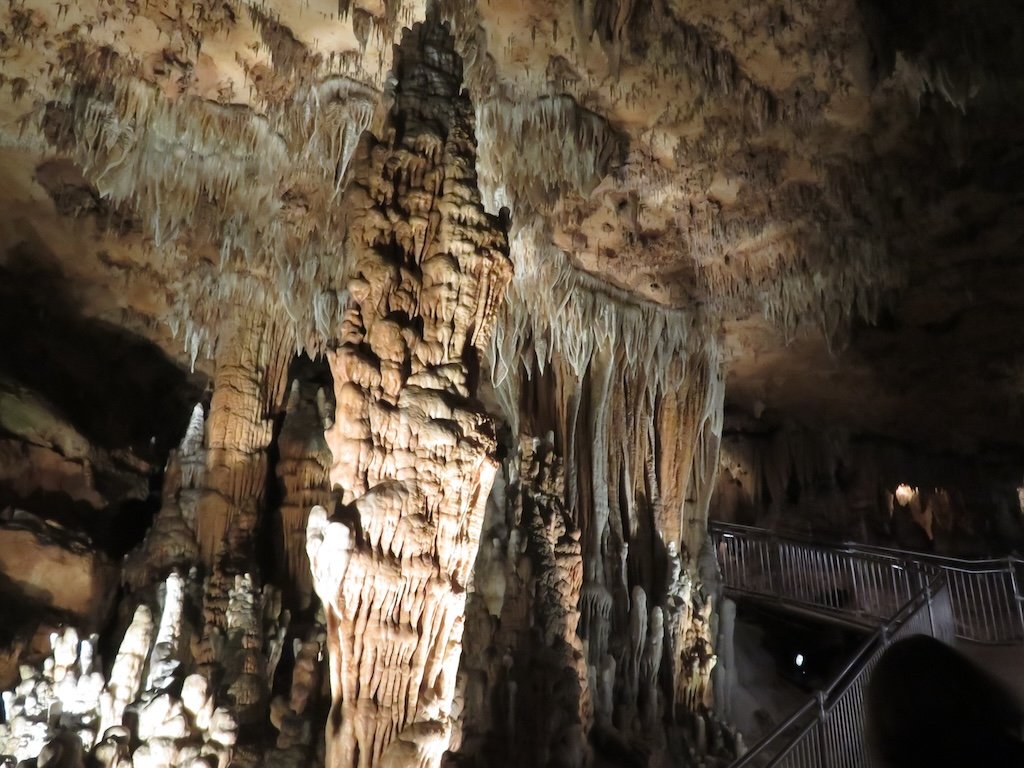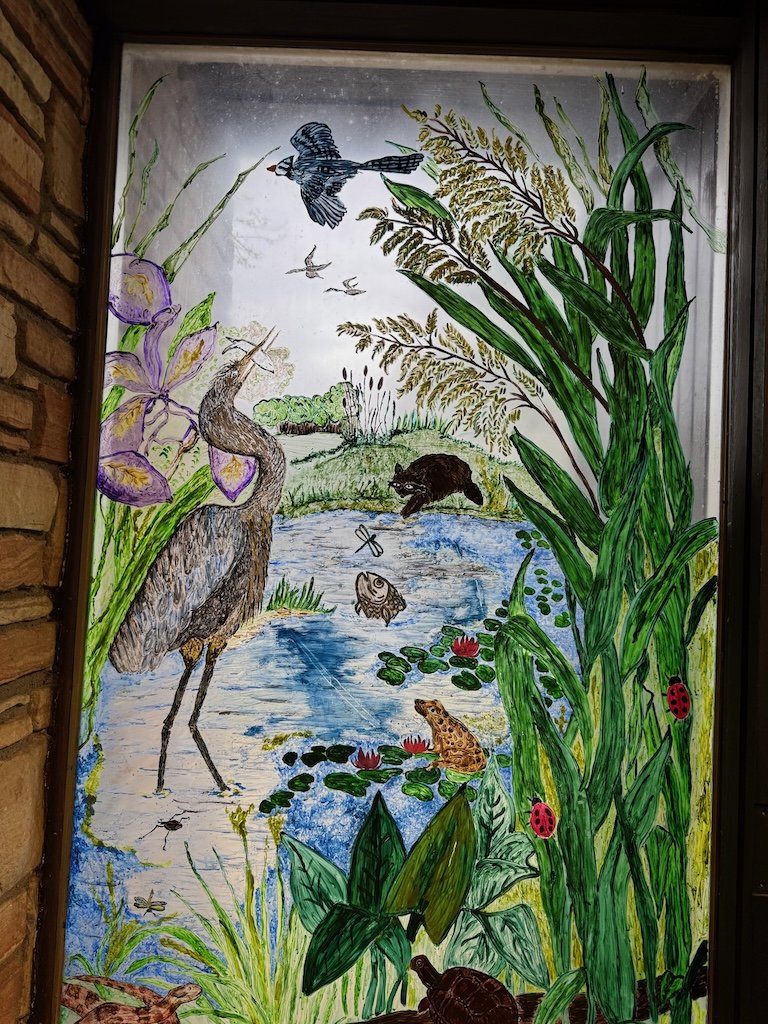Road Trip to Lewisville – November 2025
/My dad moved from Dallas to Lewisville TX, so my monthly road trips have shifted to visit the him at his memory care place in Lewisville. I made my usual stop at the Texas Welcome Center pm US75 along the way – noticing that the leaves have fallen from the beautyberry. I noticed an insect on the berries; it was a cold day so the insect did not move….easy to photograph.
It was the first time for me to visit the memory care facility since my dad moved there. They were holding their Thanksgiving dinner that afternoon – the Friday before Thanksgiving. The day was warm enough that Dad and I walked outside in the enclosed courtyard beforehand. I noticed the decorative patterns on the roof of one of the pavilions.
The dinner itself was tasty, and Dad enjoyed it thoroughly because everything was cut up already – easy for him to eat; there was ice cream for dessert. A live band provided country music – a little loud for me but great for him and the other residents. He stayed for the whole show!
The next morning, I was up and looked out the window a little after sunrise. My hotel window overlooked a storm water pond; on the other side of the pond was a Costco…and then a cluster of overpasses – an intersection of big highways. I was just far enough away that the highway noise did not overwhelm the white noise of the heating/air conditioning fan. A great blue heron was at the edge of the pond. Next time I will bring a better camera and maybe walk around the pond.
I was with my dad for a second Thanksgiving meal on that Saturday – with the assisted living side of the facility. It was similar but my sister had to cut up his turkey and ham. The music was a little different and he wanted to leave before the end. The loudness of the music made it impossible to have a conversation with our 6-person family group…but I did enjoy the pecan pie at the end.
Afterwards I enjoyed several hours with my sister and her daughters/grandchildren. It was a treat to see them!
The next morning, I looked out the window a bit earlier – before sunrise. I left the hotel about 7:30 AM and drove around to the closest parking lot to the storm water pond. There were two cormorants there.
The memory care facility had decorated with a lot of pumpkins for the holiday. I photographed one of the displays on my way in to see my dad. At 8 AM he had finished his breakfast and was working on his cup of coffee! I’m glad I ate at the hotel rather than planning to eat with him!
I opted to go back via I35 going north. It was an adventure and about 15 minutes longer than the other route – but a lot less stressful. For the next few months, I am planning to continue that alternate route to get home. I already identified a café I want to try in Prague OK (along the route); my paternal grandmother grew up on a farm near Prague.

